

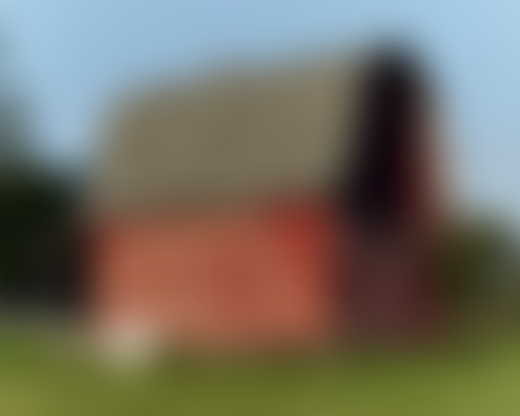




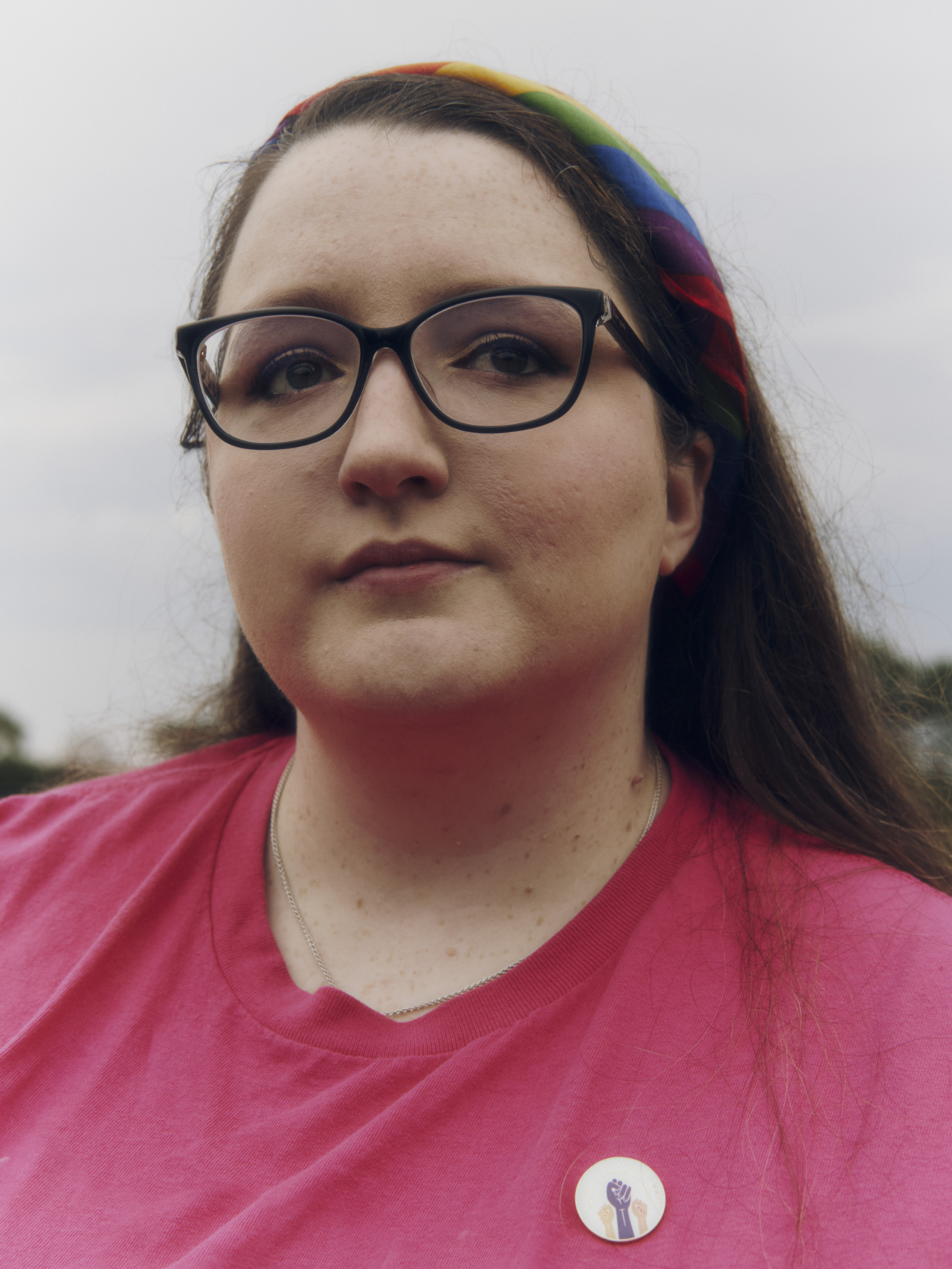

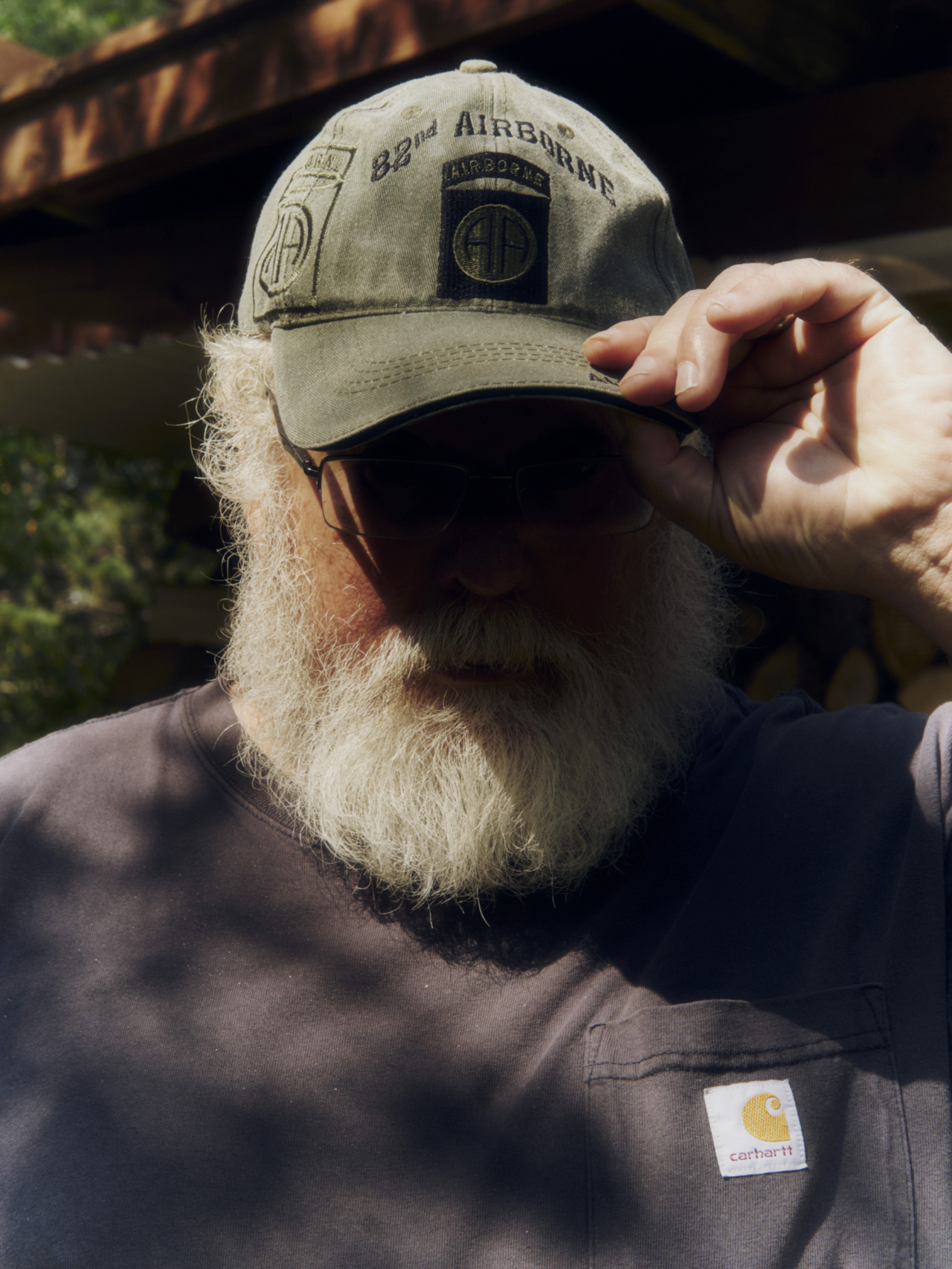

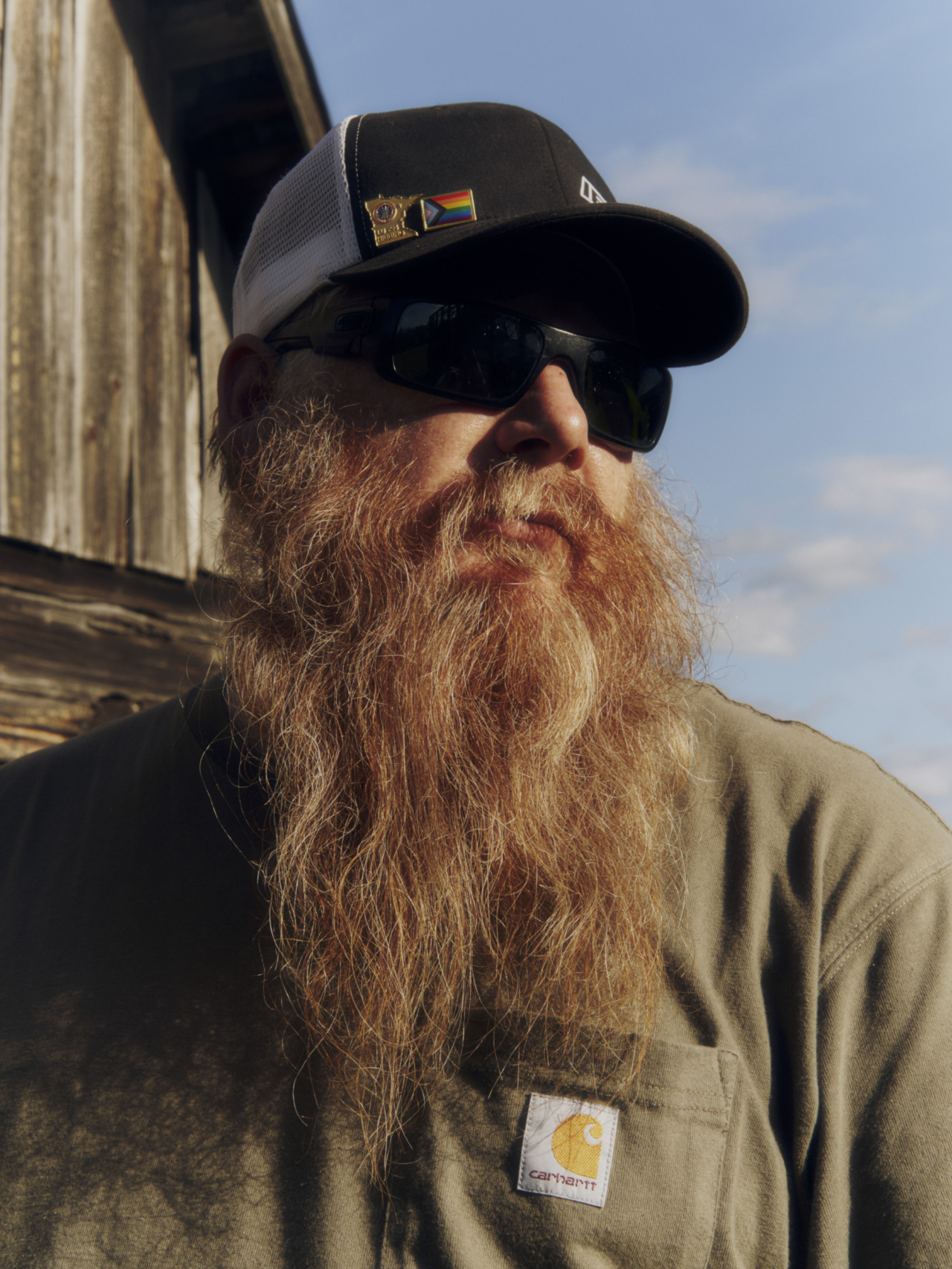

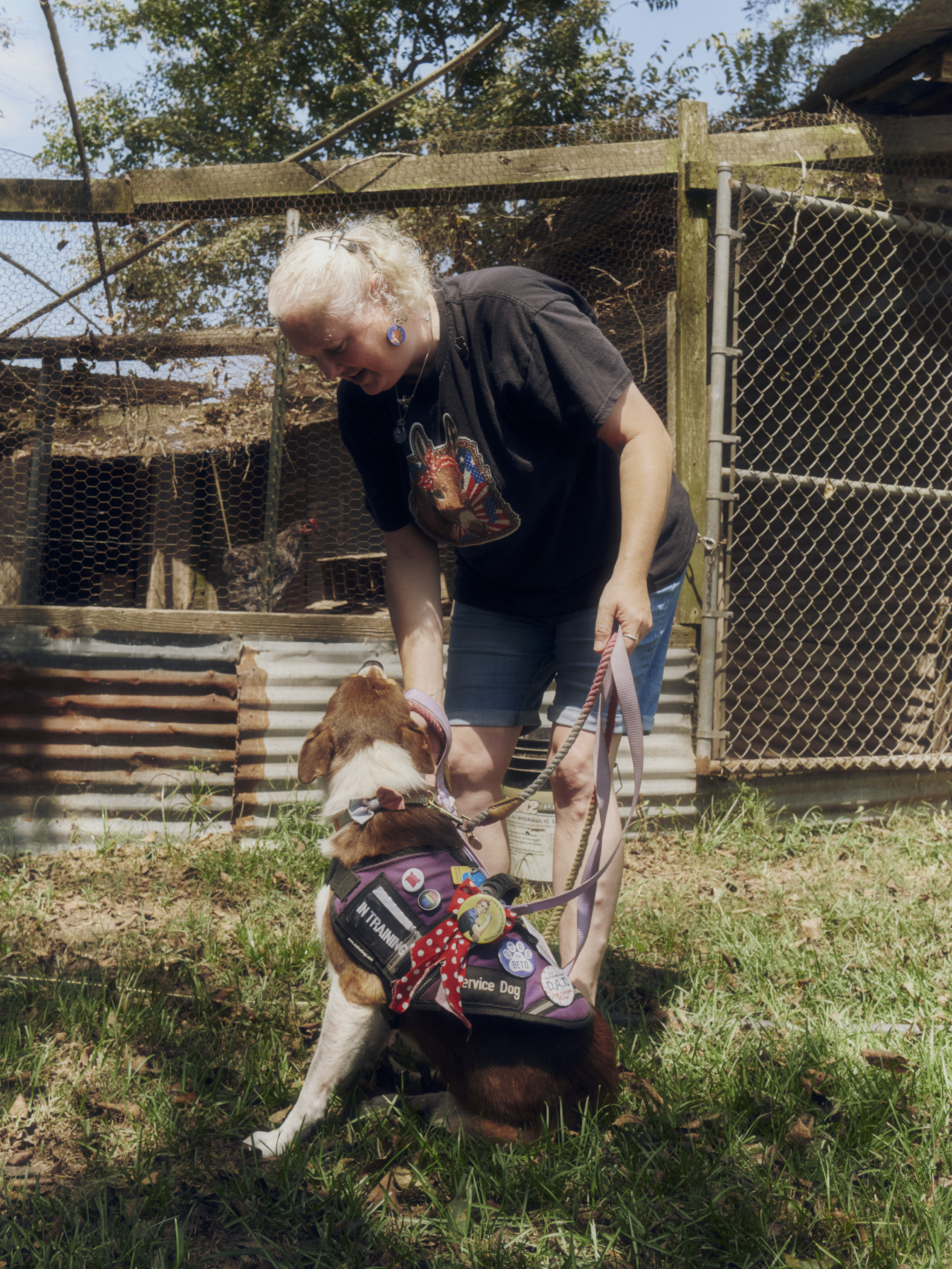



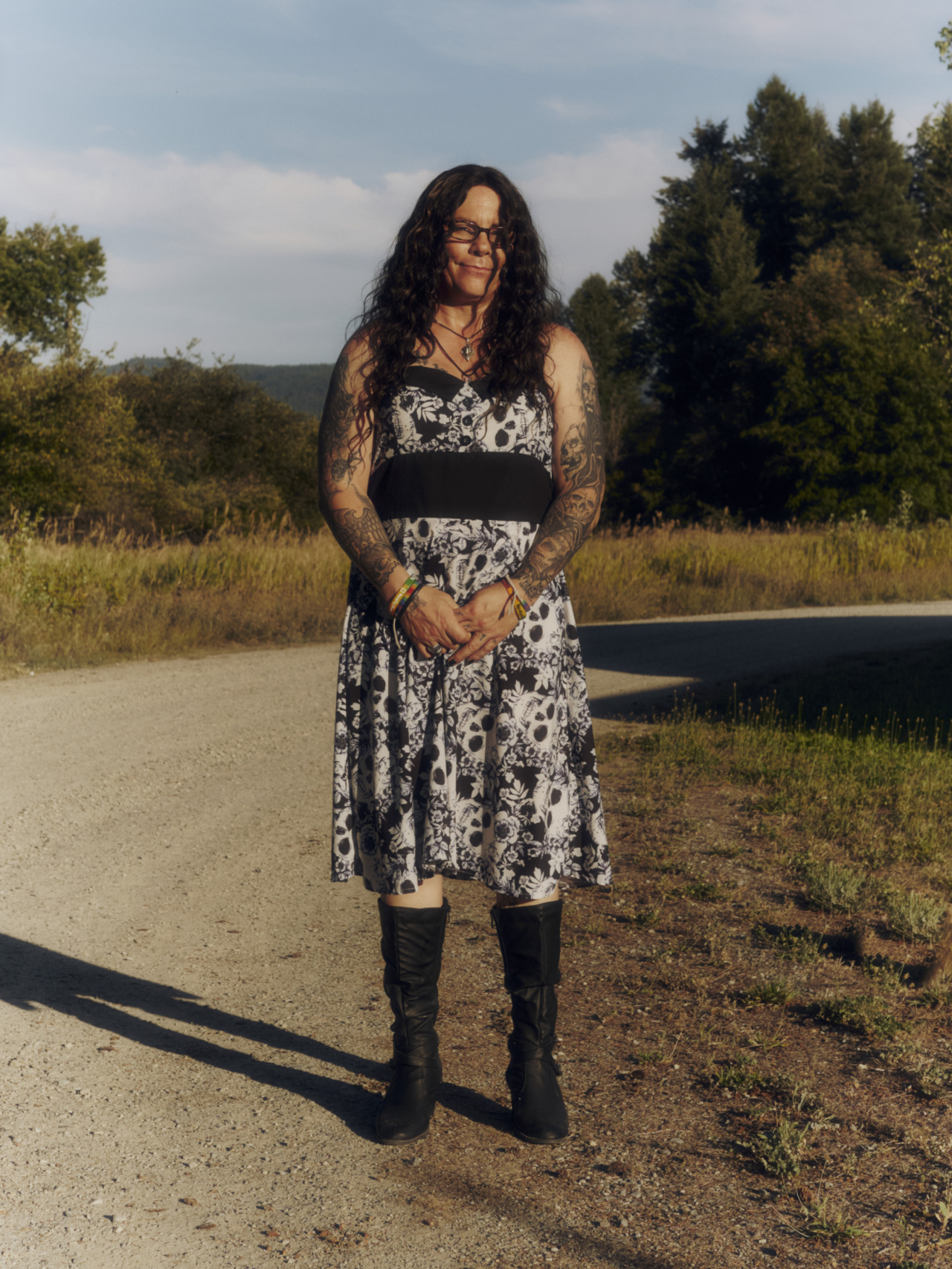

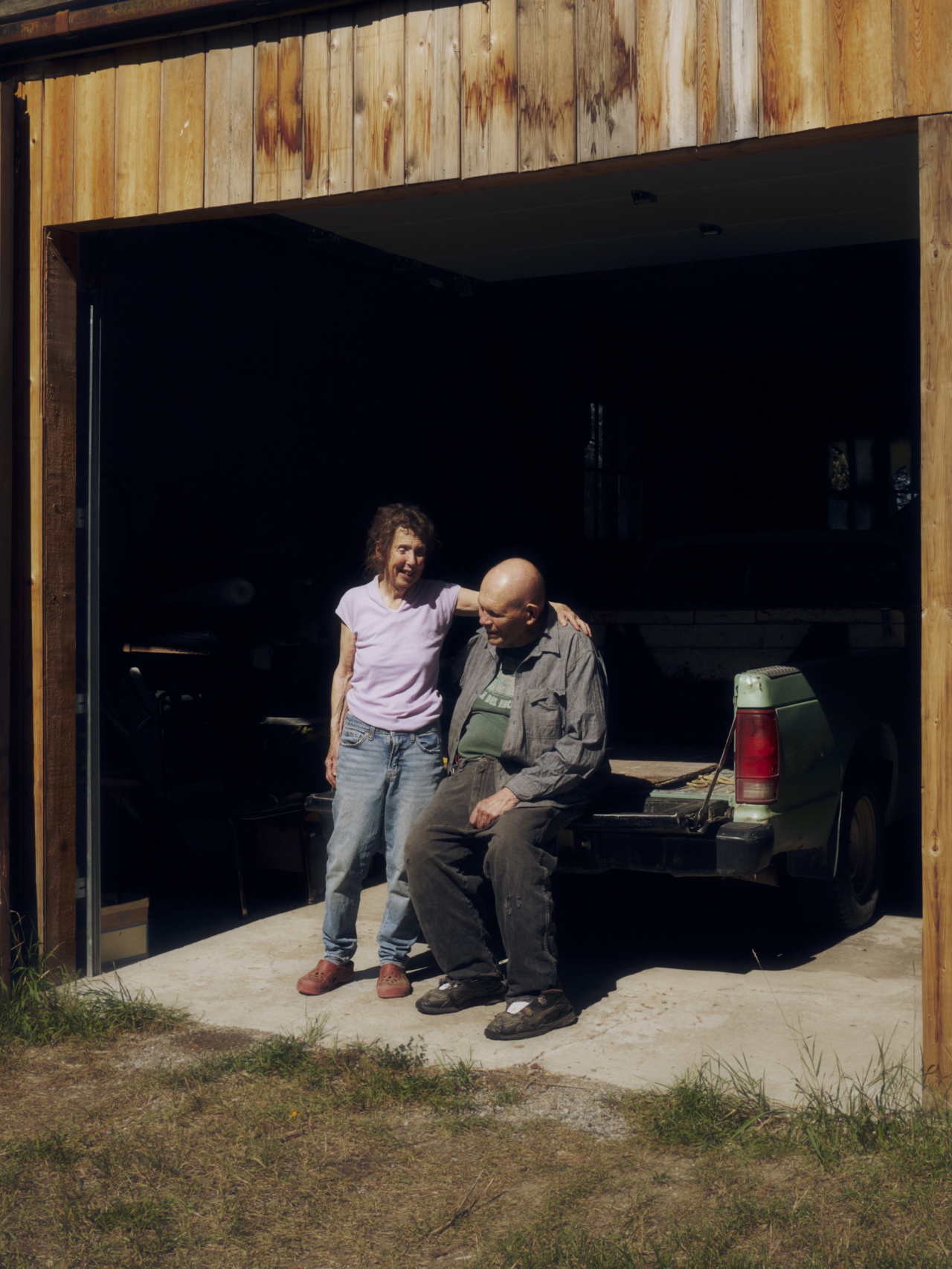

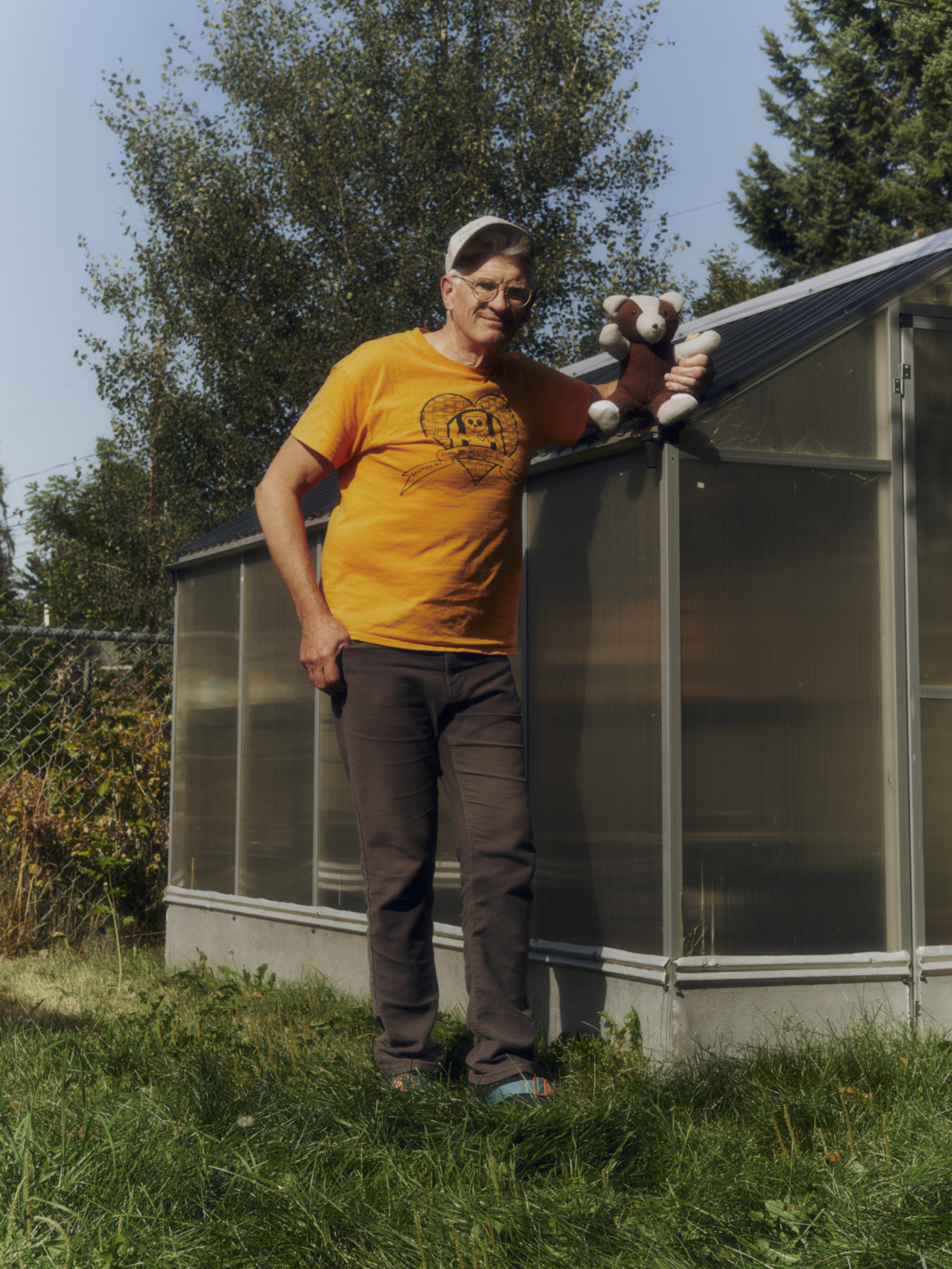



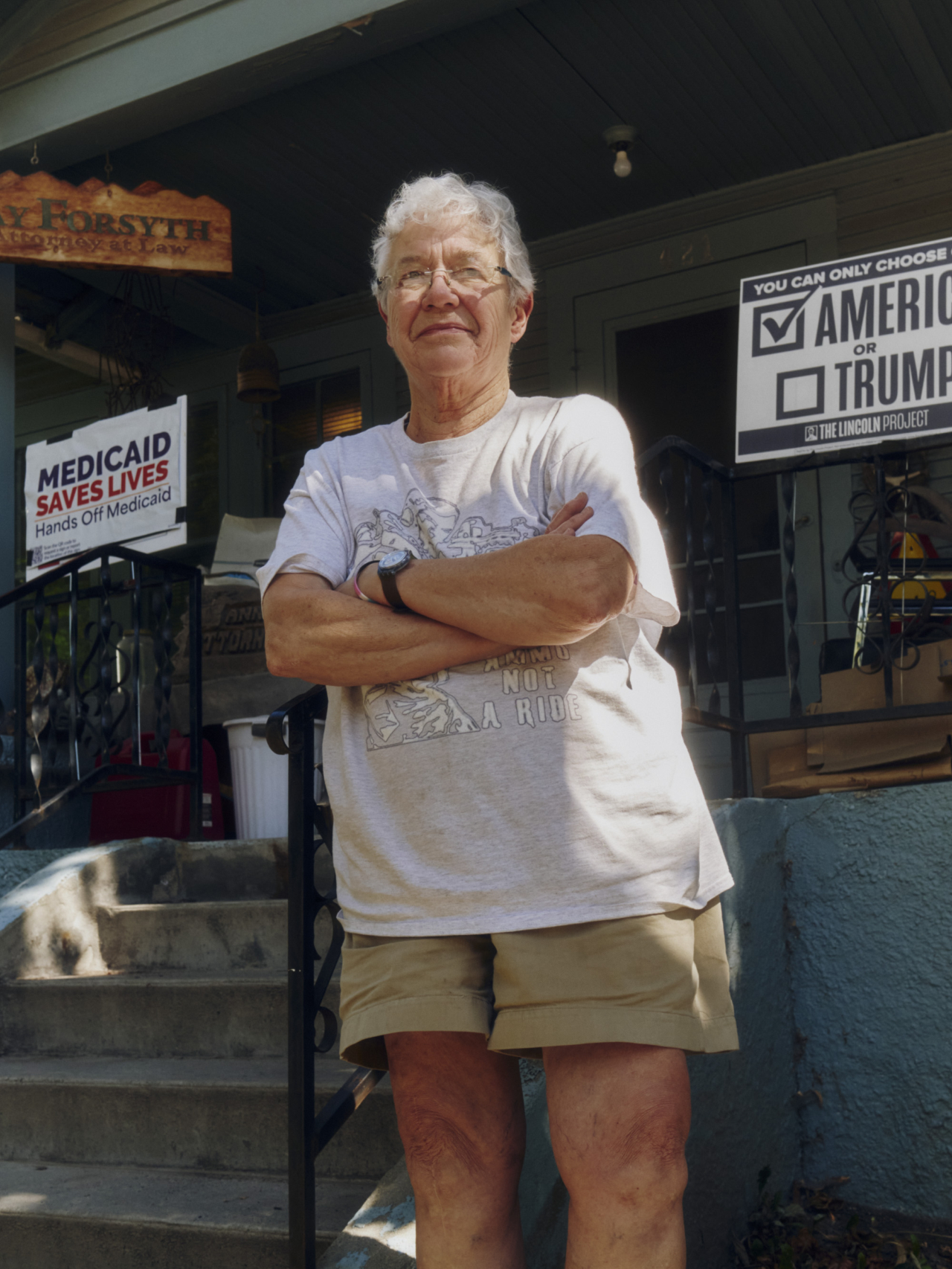





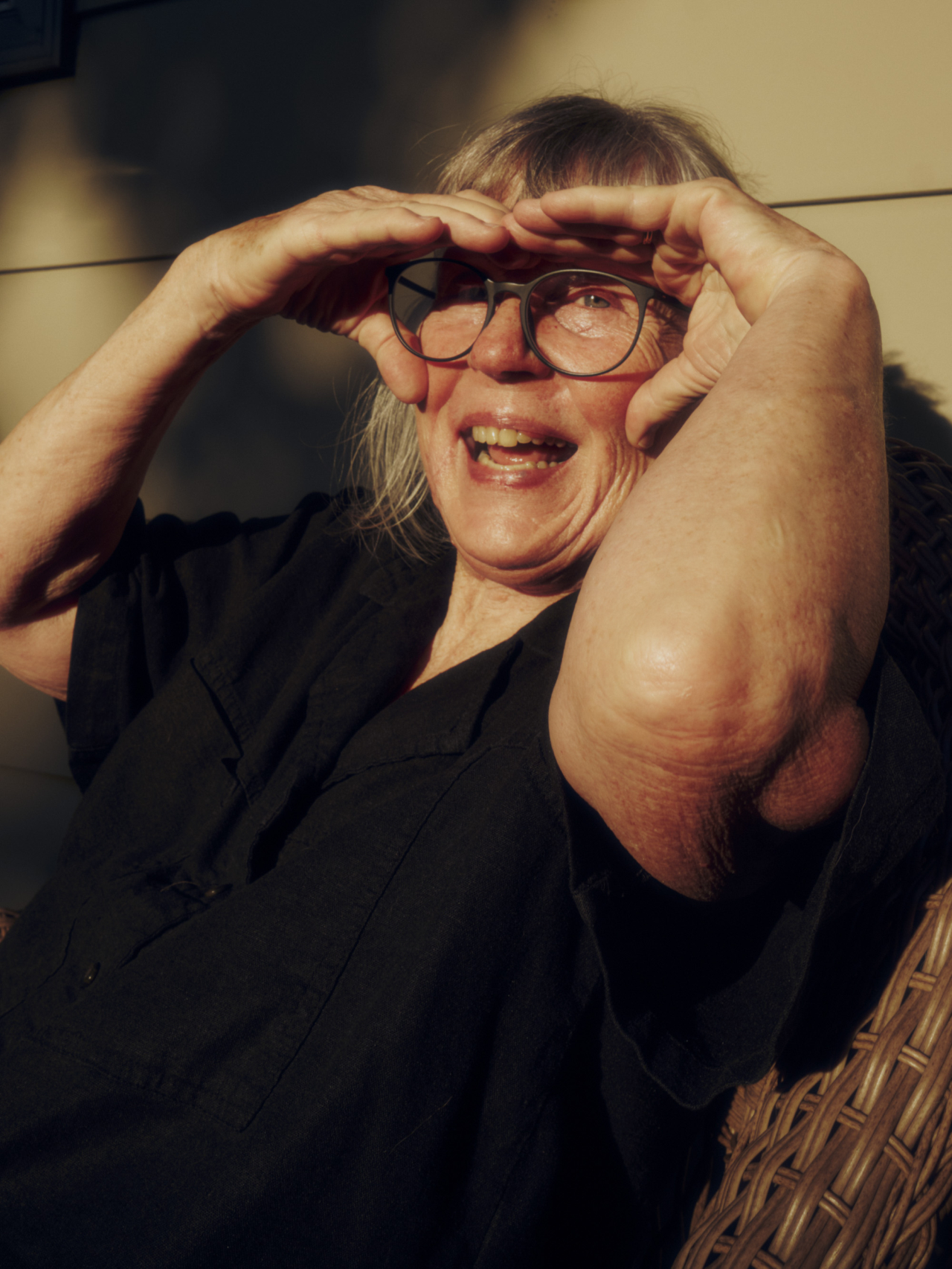





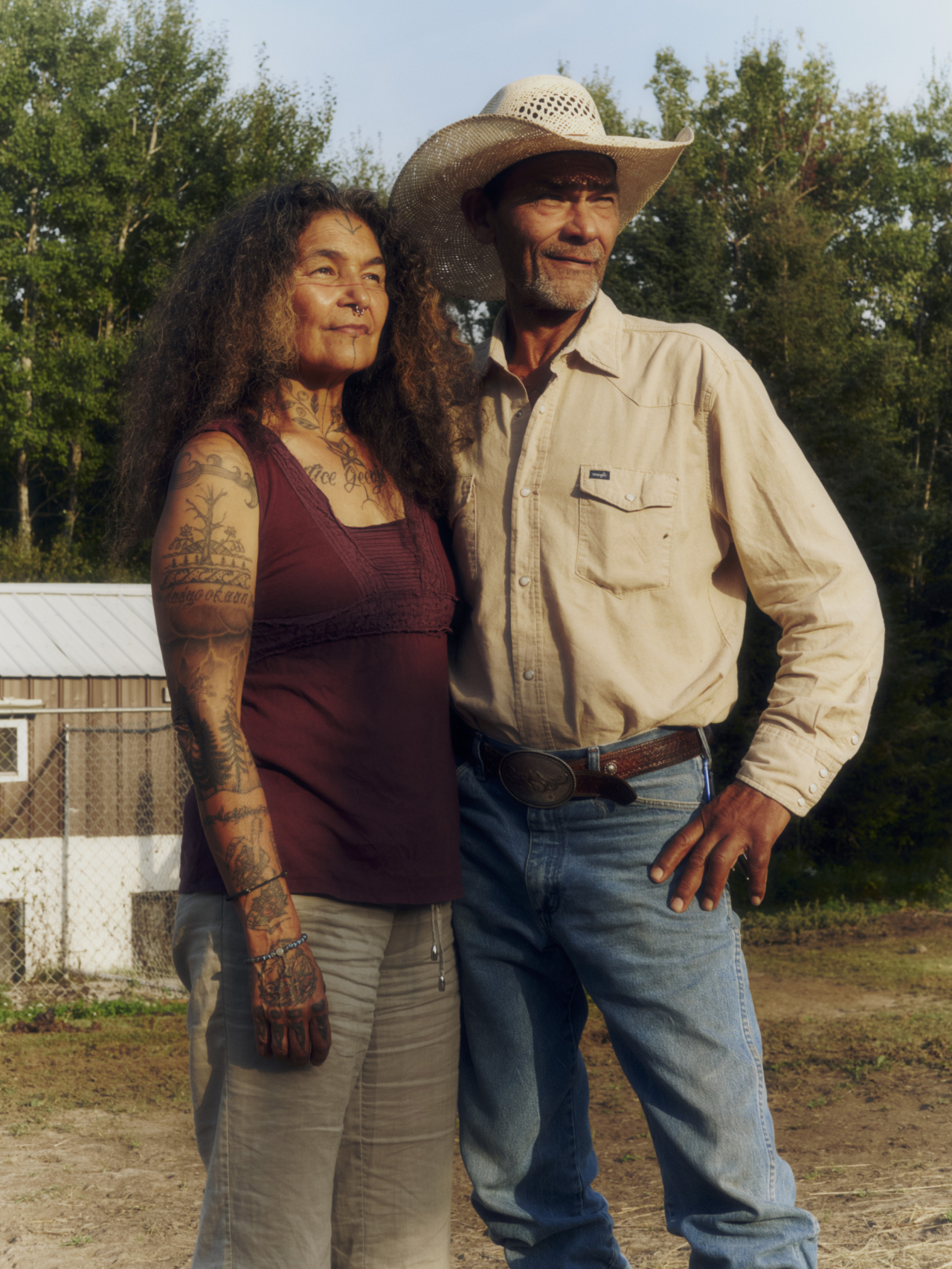





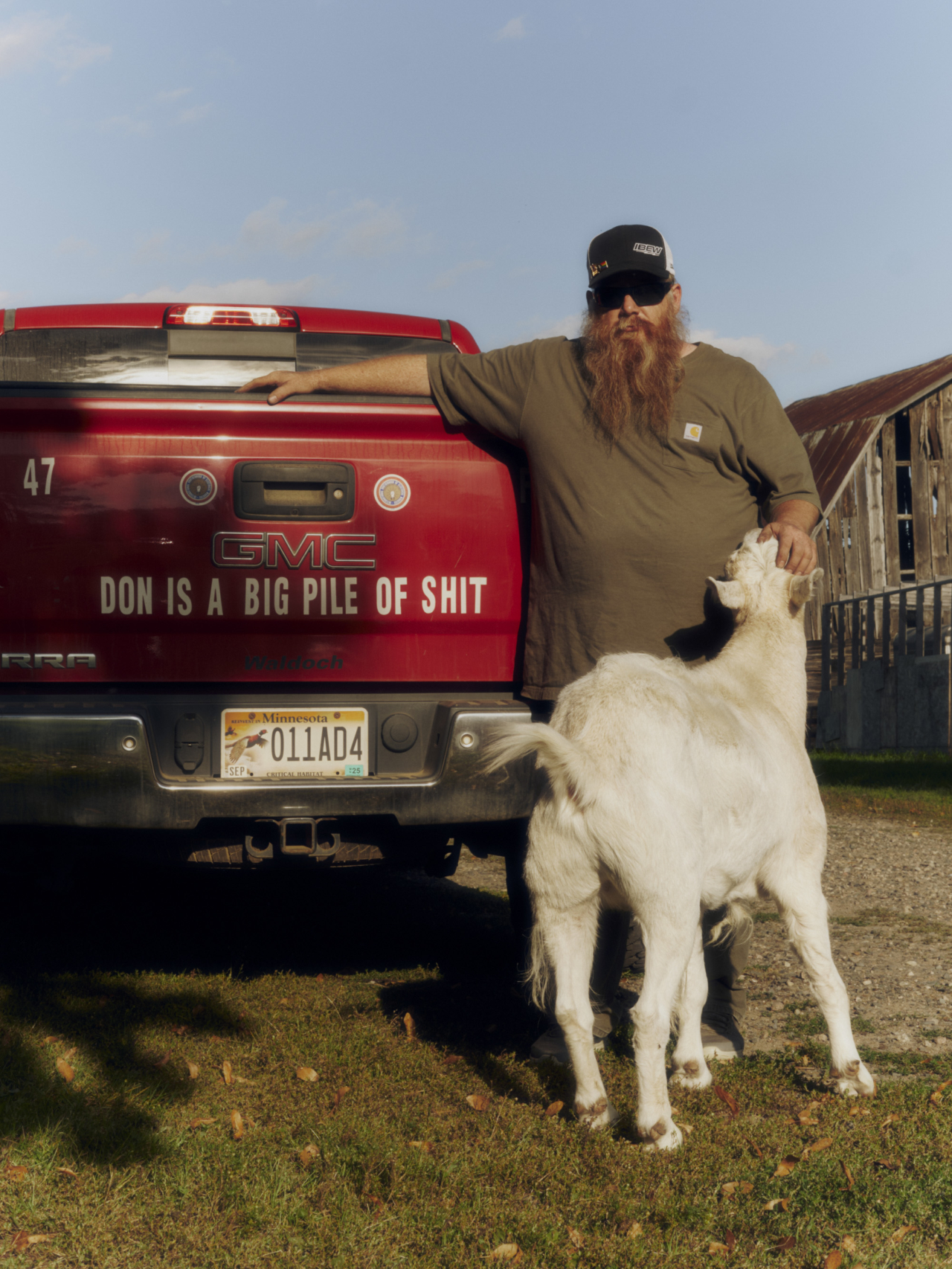



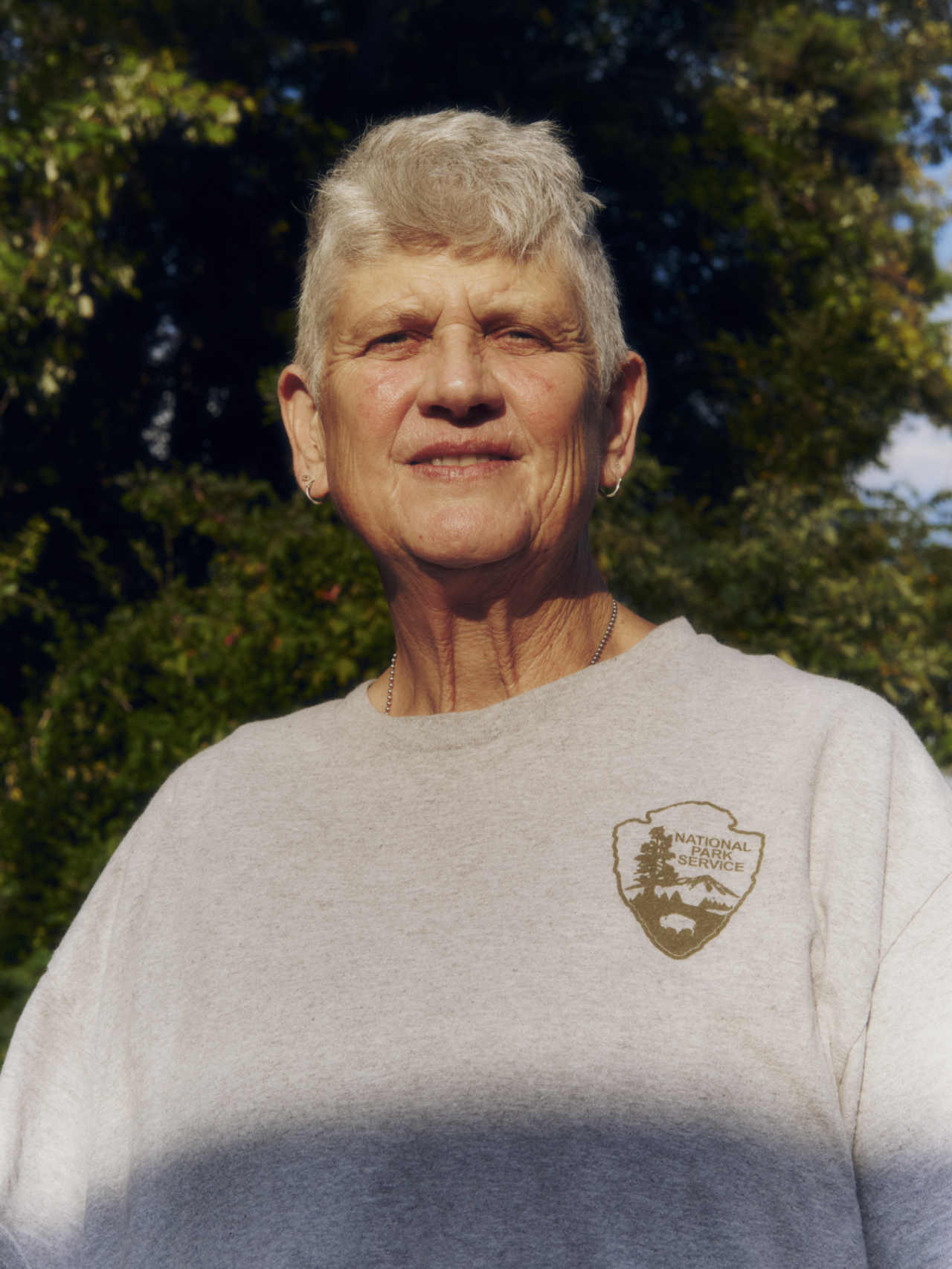



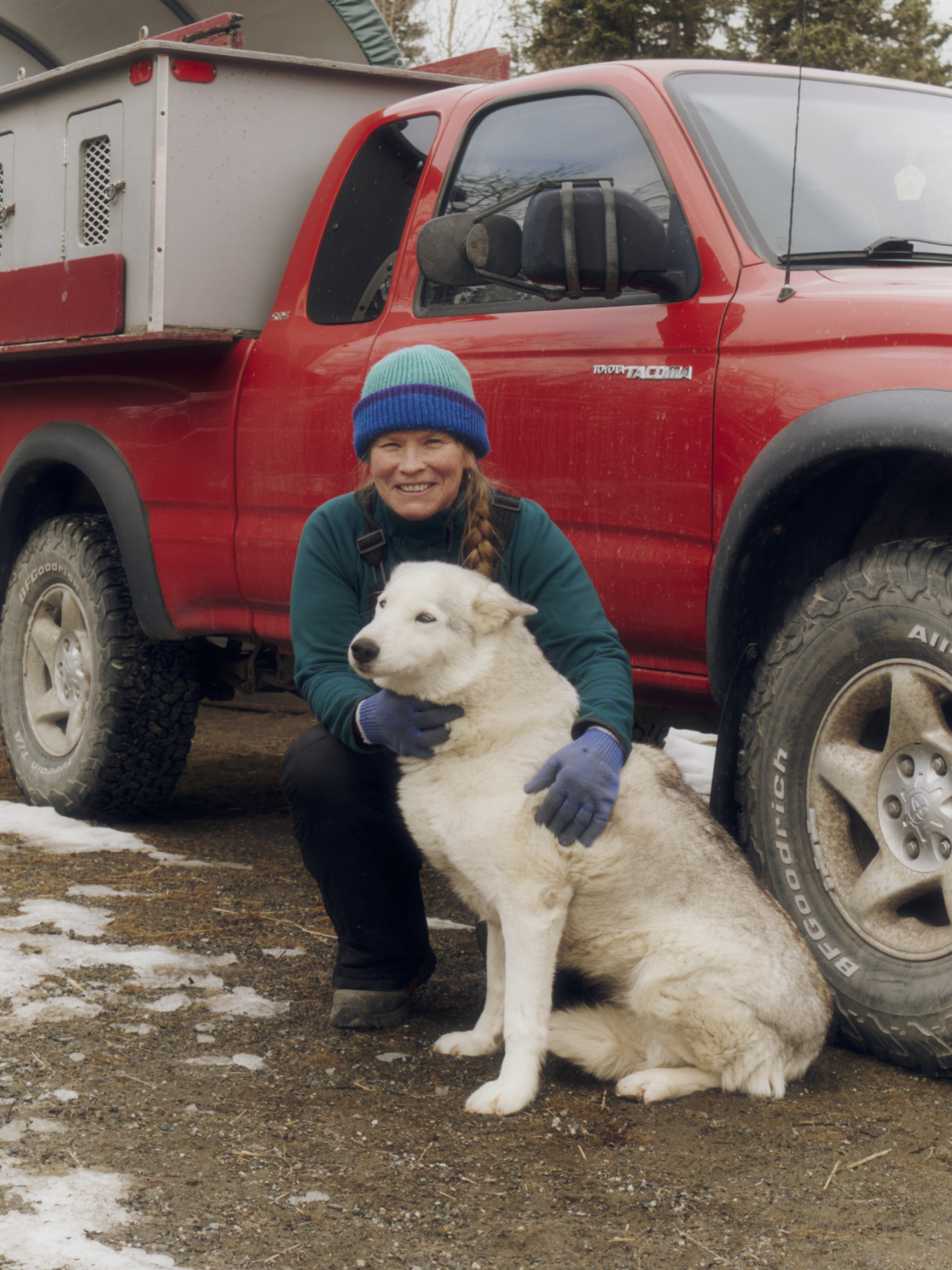

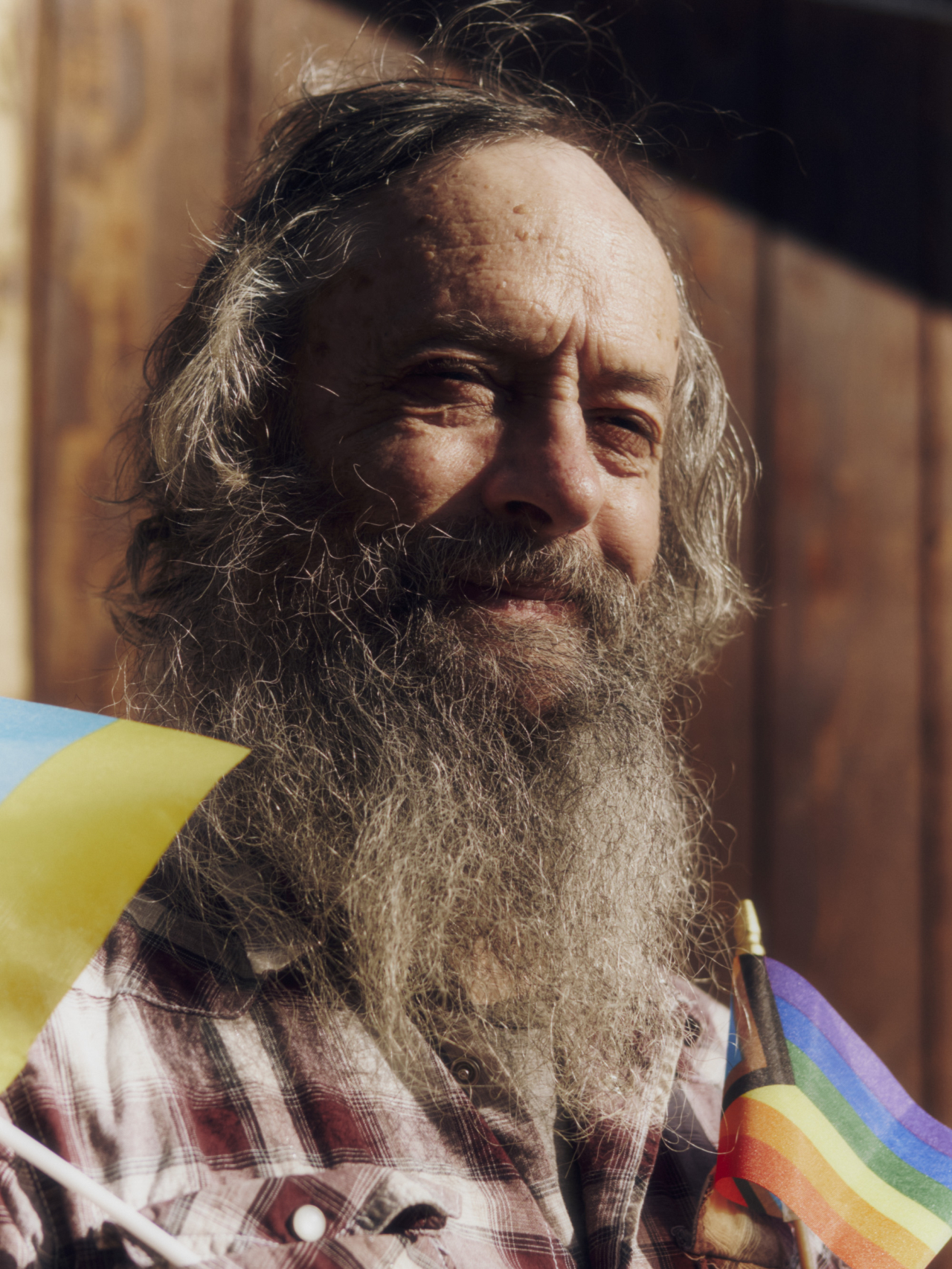

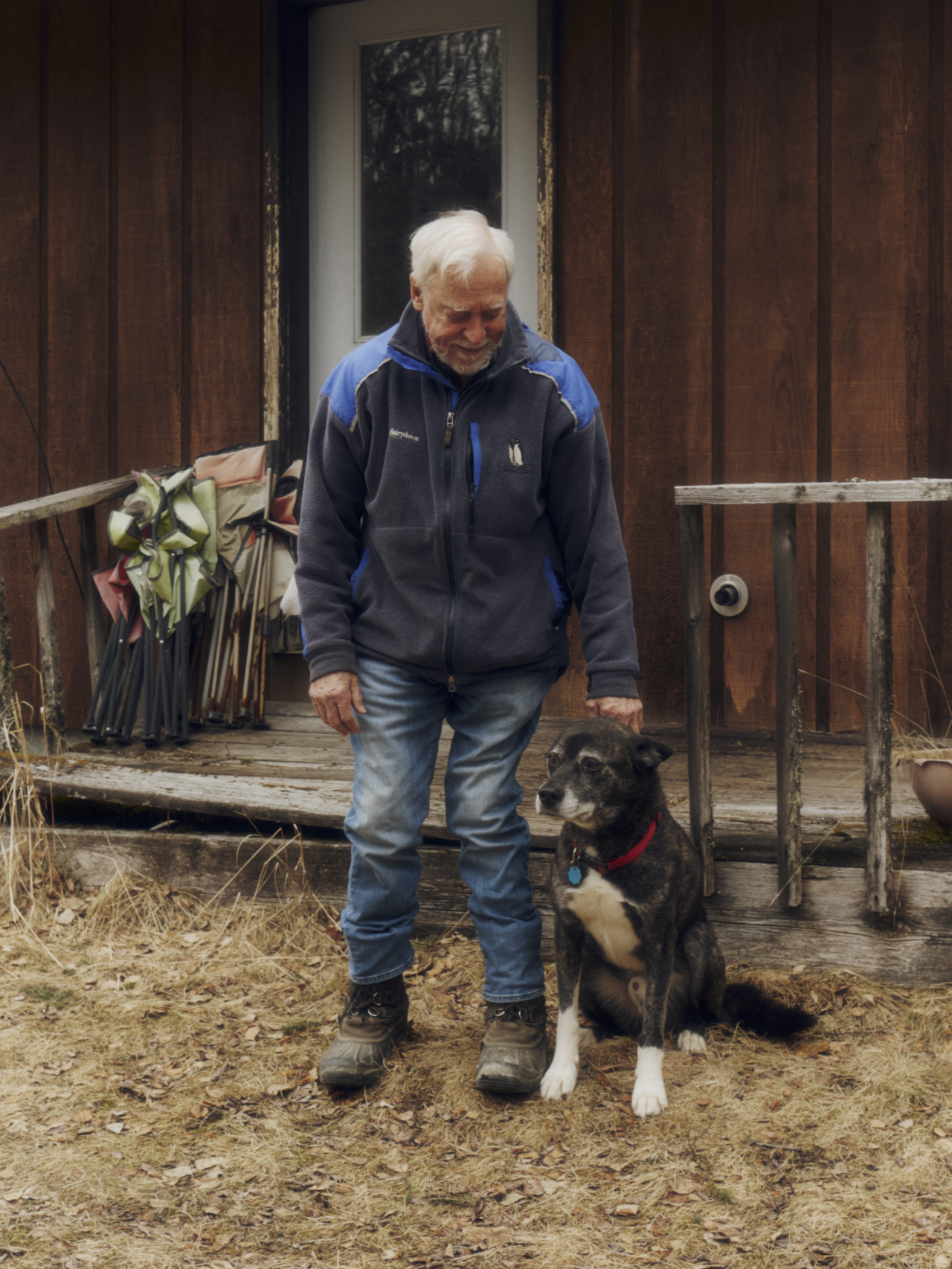

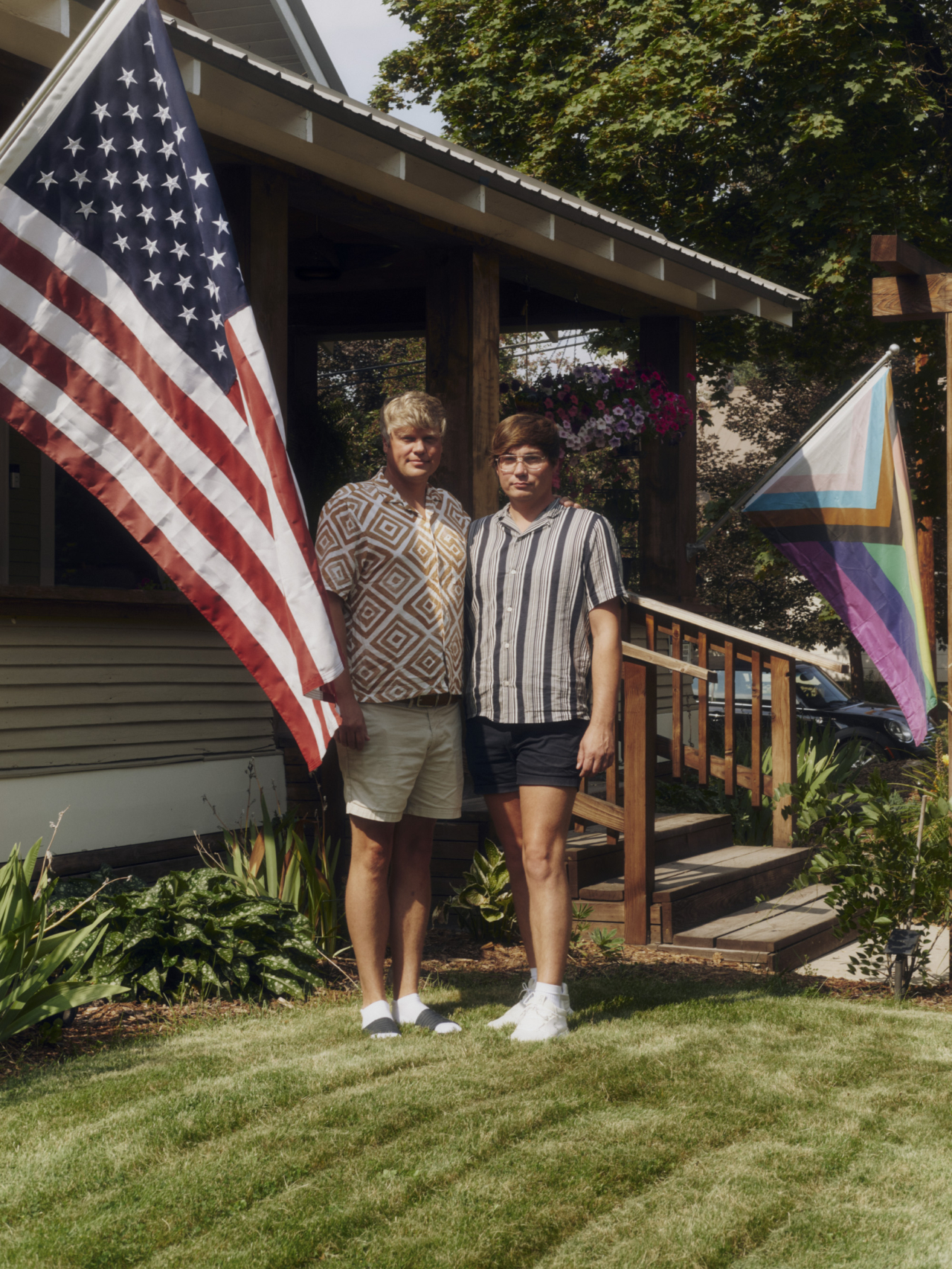
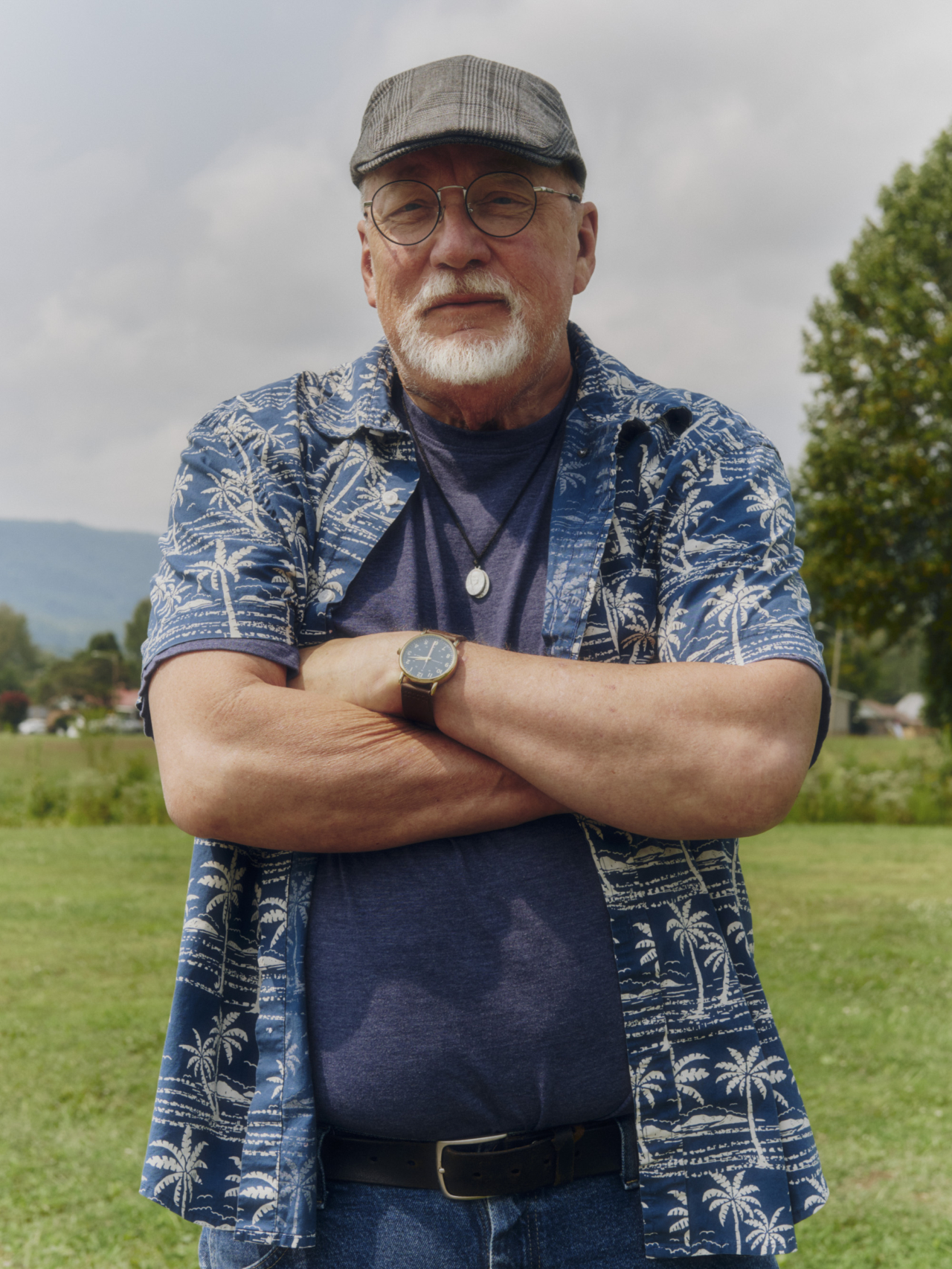
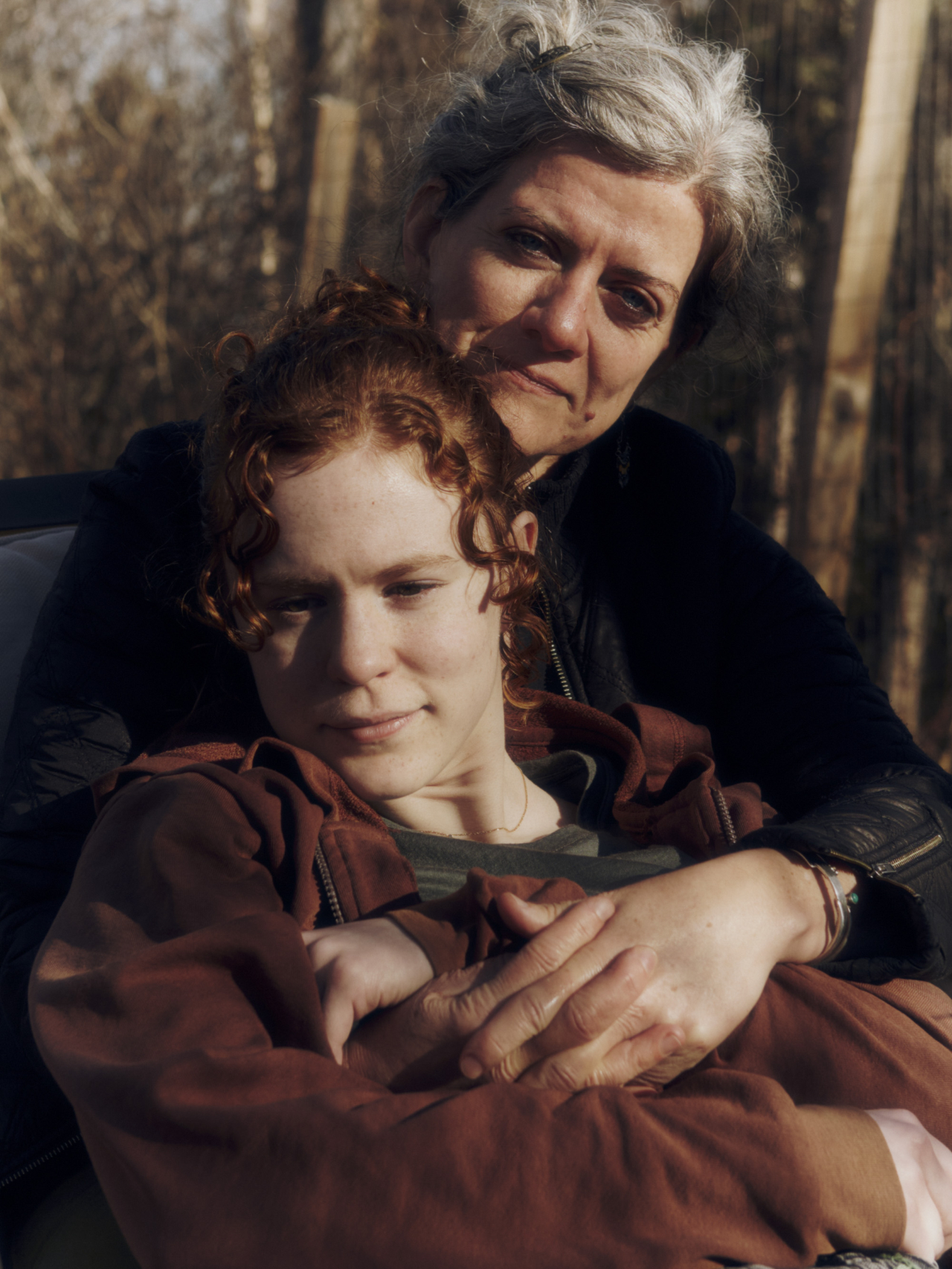
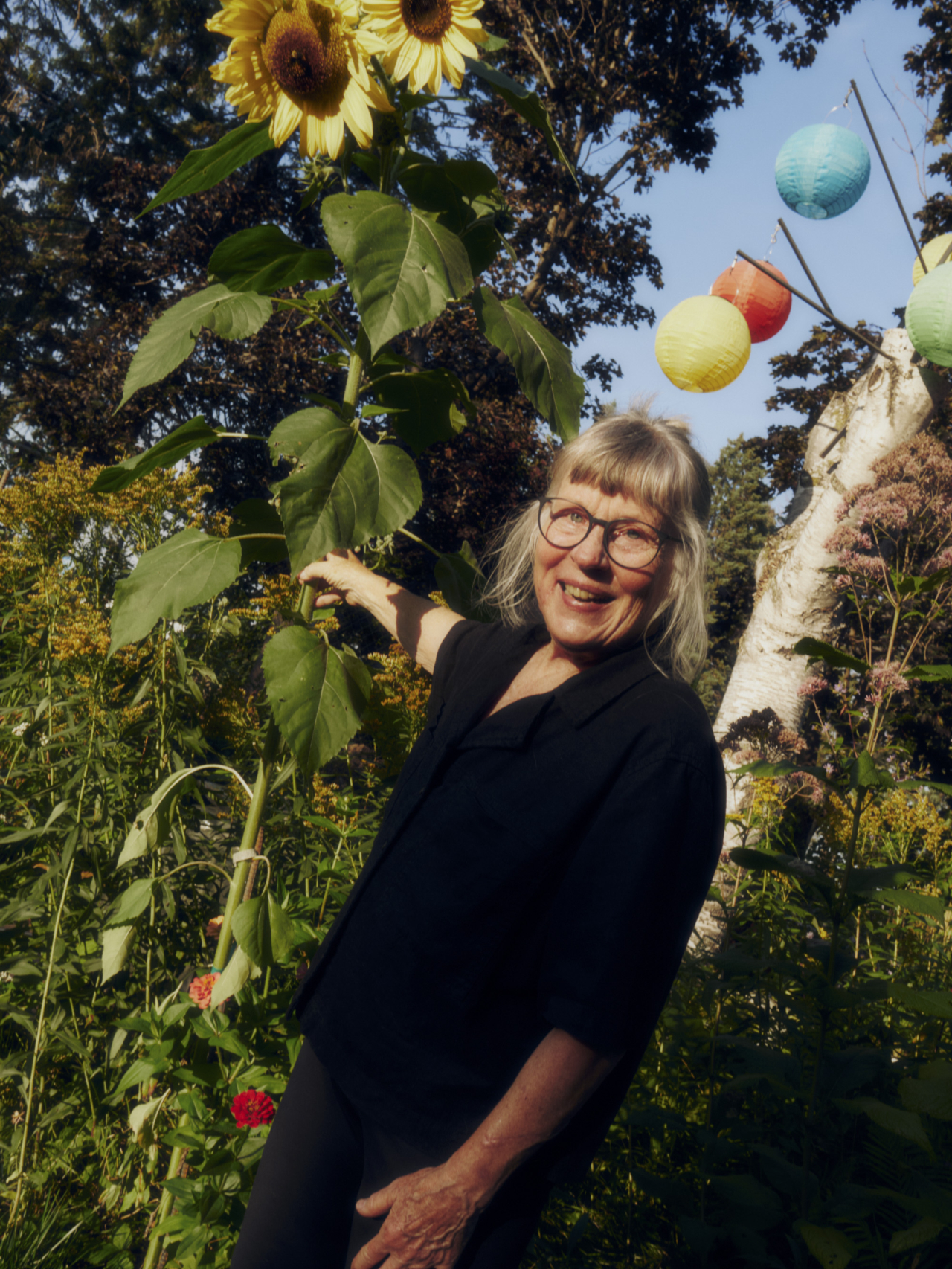

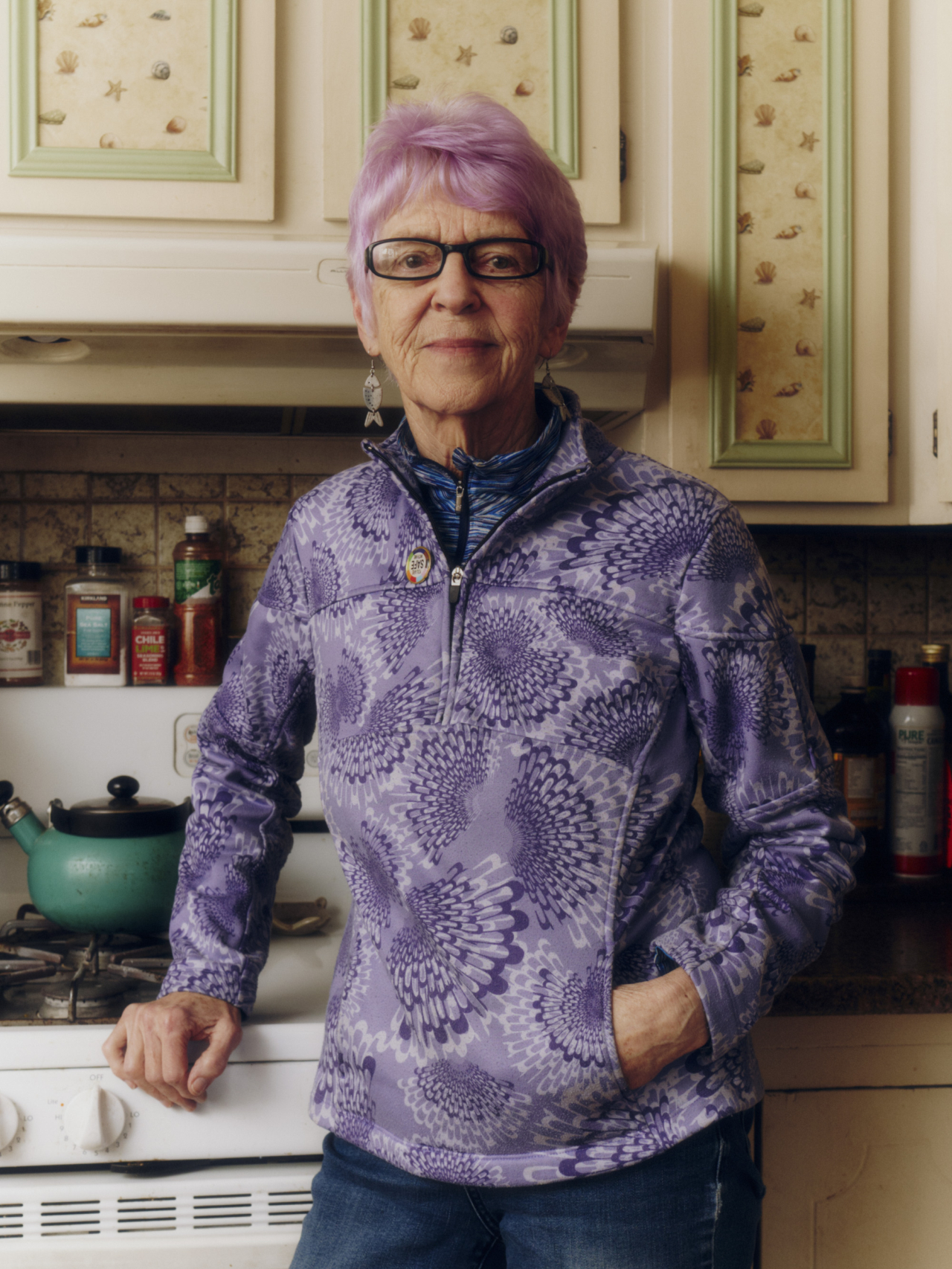

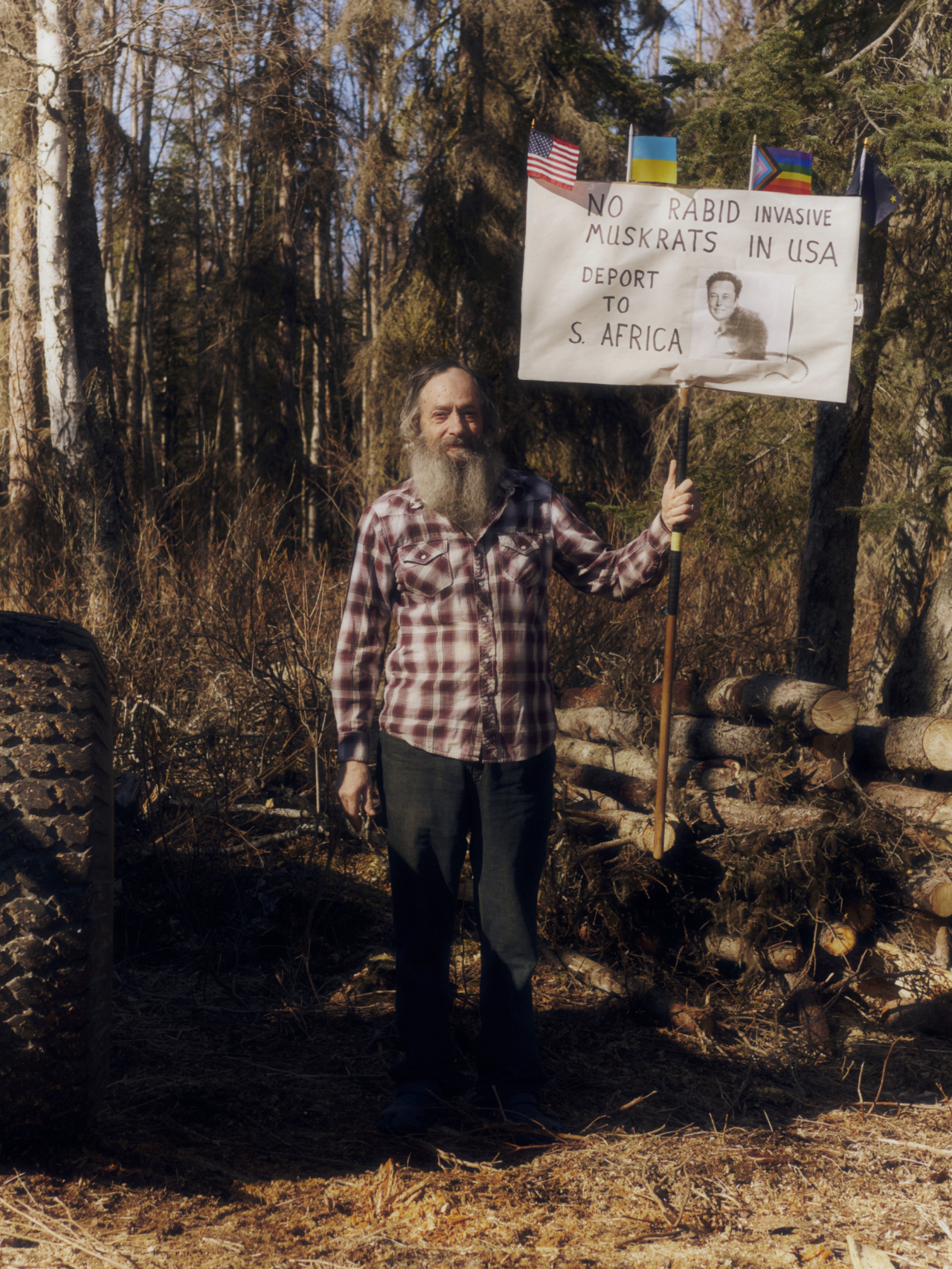
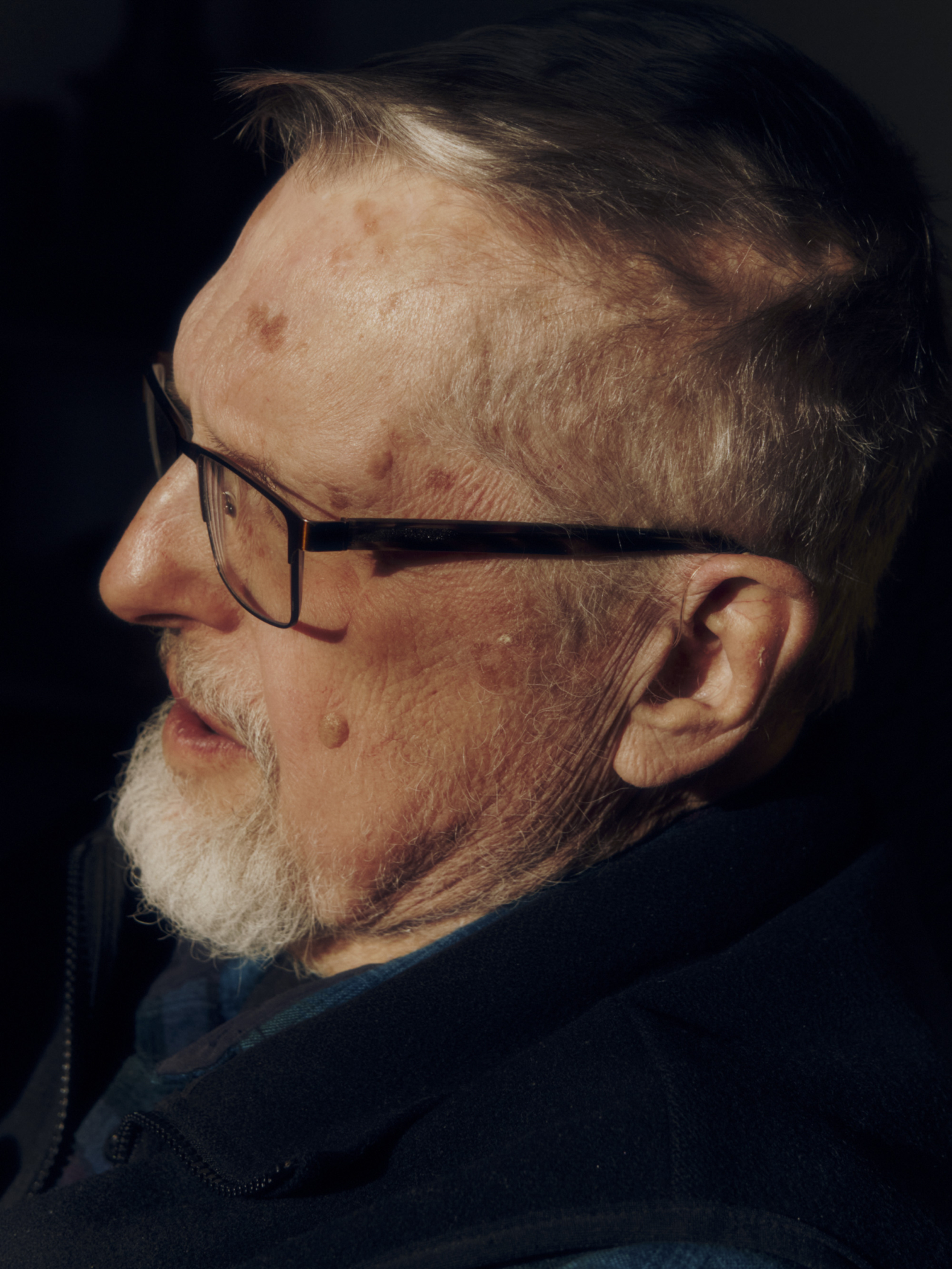


Words and photographs by Isabelle Zhao
Isabelle Zhao is a photographer based in Brooklyn, New York. This Points of View article reflects her opinions, not necessarily those of Atmos.
A year ago today, I found myself—like many Americans—watching the news anxiously as state after state on our political map turned red. I remember the gut punch of waking up the morning after the election to a New York Times headline at the top of my phone screen: Trump, Again. Holed up in my New York City apartment, I slipped into a doomscroll of reports that Trump had carried 93% of rural counties in the 2024 election—the highest share for any Republican presidential candidate this century. With his campaign messaging signaling a dramatic consolidation of executive power, I wondered, for the first of many times to come, where my country was headed.
Some months after the election, I found myself on a farmstay several hours south of Anchorage, Alaska, trading a few hours of sled-dog chores for a cozy room tucked above the garage. I’d come seeking rest from the city; and even though Alaska had handed Trump a decisive win in 2024, people were scarce enough that politics, for a brief moment, faded from mind. “Some folks are holding a demonstration against the administration,” my host told me. “Do you want to come?” I hesitated. Protests weren’t what I associated with this part of the country. I envisioned myself freezing on the singular main road of our rural Alaskan town with a handful of strangers, then bit my tongue. “Sure.”


If there’s one thing I know, it’s that I could be wrong about the assumptions I carry. Until that day, the few locals I’d met outside my host family had been openly MAGA, and I had treated that as representative of an entire community. But the protest that day grew from a smattering of cheerful stragglers to a steady stream of more than 100 people from all walks of life. Their signs decried DOGE’s oversteps, the stripping of federal land protections, and the rollback of social safety programs. I heard stories from veterans, homesteaders, pastors, biologists, and federal land workers; narratives far more politically varied, thoughtful, and locally grounded than I had anticipated.
After returning to New York, I watched with the rest of the country as the temperature of political rhetoric continued to rise to a fever pitch. I began to wonder if I could find similar pockets of resistance in other parts of rural America. I was tired of spending hours on news apps and social media, and wanted to see for myself what was happening on the ground. In late August, I hit the road.

“My motto is light a candle instead of curse the darkness, and I am doing that with programs that address food insecurity, which the government should be doing, but they’re rapidly backpedaling out of that. I’m not so much on theory as I am on practice. Give me a job and let me roll up on my sleeves and I’m fine.”
Following the highway out of Dallas, I felt second thoughts creep in. My itinerary included stops in East Texas, the land of oil and pine woods; northwestern Montana where far-right and militia movements have had visible footholds; the Iron Range, northern Minnesota’s newly MAGA mining backbone; and the Cumberland Gap, where the Bible belt states of Tennessee, Kentucky, and Virginia meet. On paper, the trip had seemed like an ambitious undertaking. On the ground, it was starting to feel like a delusion.
My fears were assuaged when I met Jennifer Murphy-Vick, a cheerful, warm, lifelong Texan from a family of multigenerational farmers. In a town where the Confederate flag is still flown at high school football games, she met me at a coffee shop decked head to toe in progressive pins. Jennifer was part of a small but determined group organizing around women’s rights, public school funding, and, perhaps most urgently, clean water access—all of which are under threat from policies and executive orders put forward by current federal and state administrations. I was struck by her willingness to work across the aisle without sacrificing her own values, a skill I worry is increasingly rare.


“We aren’t teaching conversation. And it all starts with conversation and kitchen-table values,” Jennifer told me. “I think that’s where all of the parties have gone wrong—we need to come together on the issues that affect our communities and our people. Maybe you won’t get a group in East Texas that will come together over abortion rights, but you can come together over water. You can come together over rural health care. You can come together over school vouchers.”
I met people like Jennifer in every community I visited. Rural Americans organizing, protesting, and resisting in places where dissent is palpably dangerous. Some were outspoken, others quieter: shy waves and honks from passing cars at protests, donations from behind closed doors. Fear was just as present as solidarity. Many declined to speak to me, citing threats to their jobs, their families, or their physical safety.

“People tend to think small-town people are stuck in their ways and aren’t open to diversity conversation, or curiosity. That hasn’t been my experience at all. People want to talk to you. People are curious.”
I can’t fault them. The day after my arrival in East Texas, locals reported an ICE raid at a local poultry plant. Protesters in Montana told me of being coal-rolled and harassed in towns scarred by a history of asbestos mine poisoning. Two motel owners said they had their tires slashed for hanging a Pride flag on their front porch. And in Minnesota, a well-known case of political violence left one progressive state lawmaker dead and another gravely injured. Hearing these stories, it became easy to see how the decision to be a “closeted progressive” in Trump country—or in “Republican Drag,” as one woman called it—is more common than it might seem.
And yet, bravery remains contagious. Throughout my trip, I repeatedly heard stories of a few individuals organizing neighbors around shared local priorities, such as water, land, safety, and dignity. The organizers I met in Alaska have since told me that the numbers at each protest are growing. Their No King’s demonstration in a red town of 4,500—which protested against Trump’s alleged fascist tendencies and democratic backsliding—drew more than 450 participants. Their very first protest? Just 12. I saw similar burgeoning movements in every other community I visited, and left each town feeling as though I had barely scratched the surface of the resistance.


I went out for dinner in Montana with Ann German, a progressive lawyer whose office—a blue house peppered with pro-Medicaid and anti-Trump signs—stood out in her otherwise pro-MAGA town. She had cut her teeth on the civil rights movement of the 1970s; now 75 years old, she still possessed a razor-sharp tongue and quick wit. As we walked into the restaurant, I watched her greet patrons—including those she knew disagreed with her—with her signature warm humor. Sensing my surprise, she shrugged. “Being kind disarms them,” she said. “They’re not expecting it.”
Encounters like these have left me wondering whether what I witnessed in rural America could be a blueprint for the country at large. In towns where fights over climate change, water supply, pollution, and corporate farming loom large, I saw residents pushing past the politics of isolation and building bridges with their neighbors. Again and again, people told me the same thing: The work had to continue, no matter the outcome. “You can’t be attached to the results,” Ann said. “You just do it because it’s the right thing to do.”


The challenge with being a photographer, of course, is that the work is anecdotal. I can’t claim to know where the country is or isn’t, but I can tell you that my camera has led me to glimpses of possibility in the unlikeliest of places. I truly believe that the world is large and complicated enough that we find what we look for. If I had gone searching for despair—for proof of my darkest fears about this country—I would have found it. But I went looking for hope, and there it was.


Join our membership community. Support our work, receive a complimentary subscription to Atmos Magazine, and more.
Think You Know Red America? Think Again
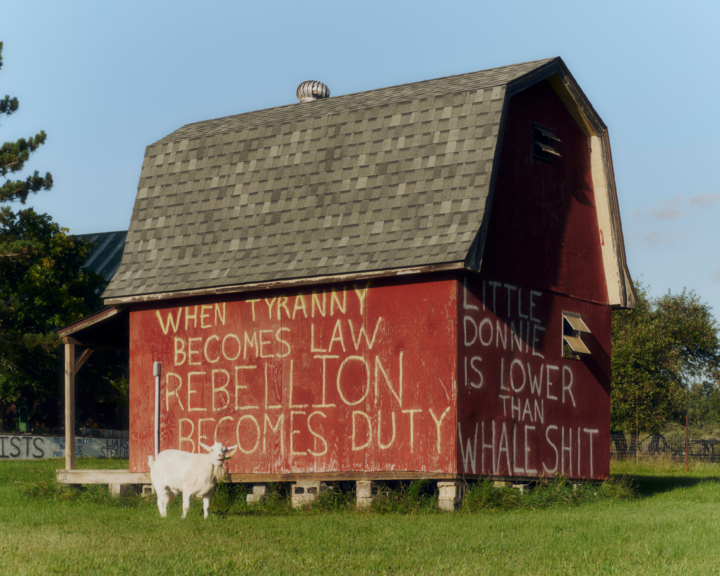
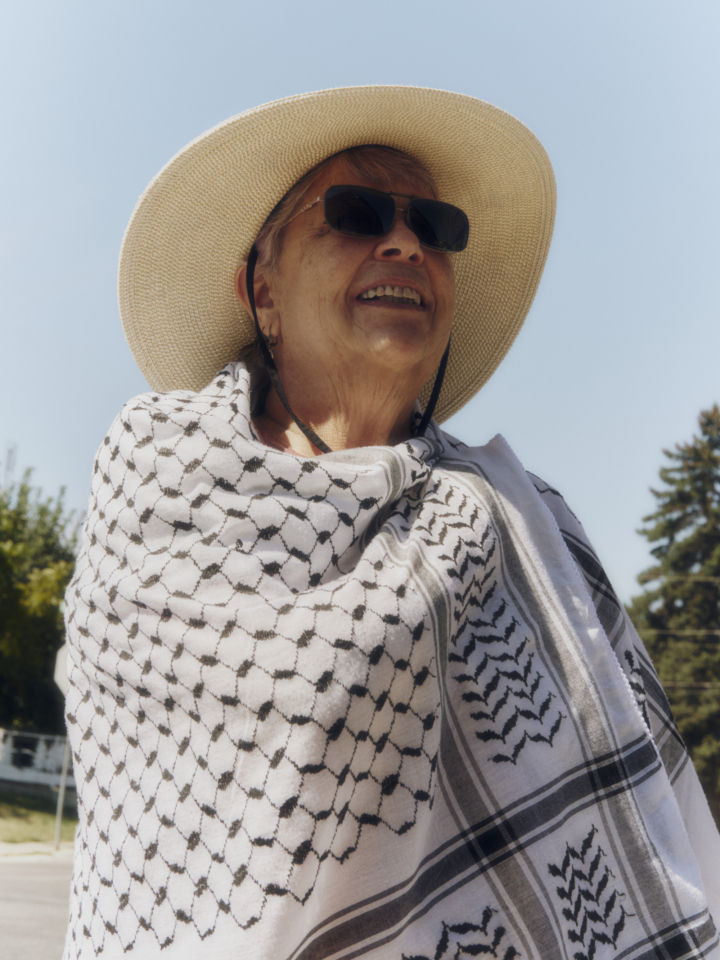
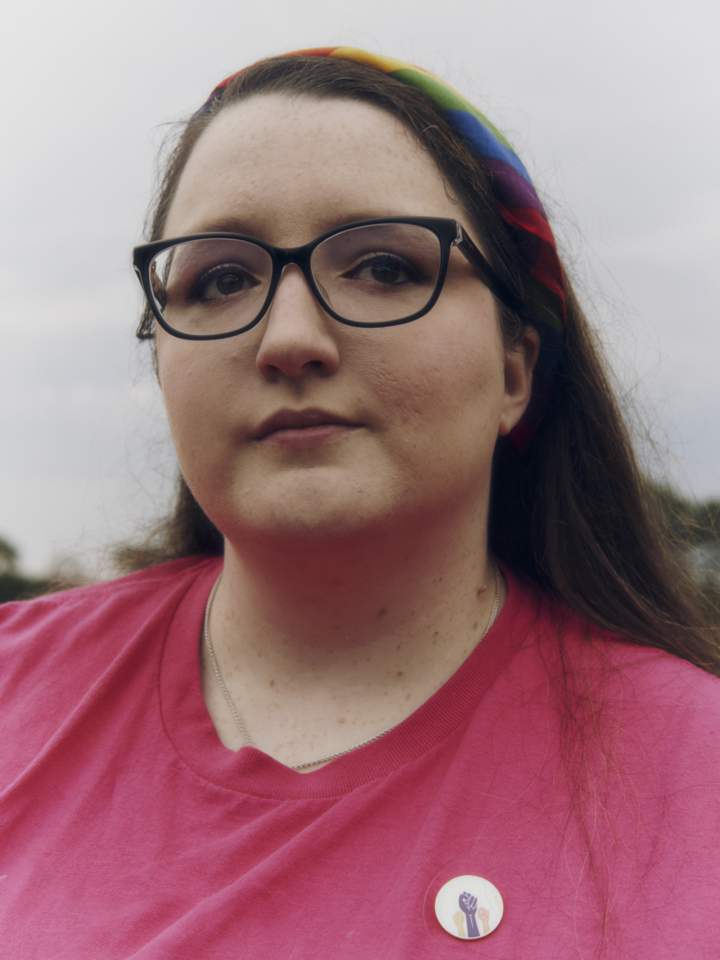
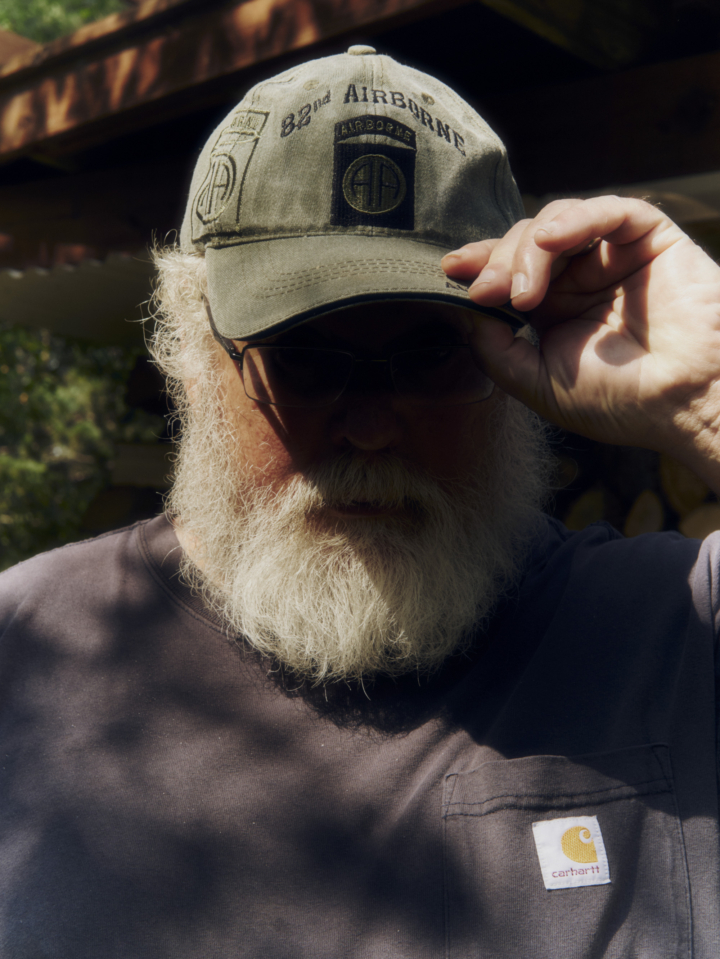
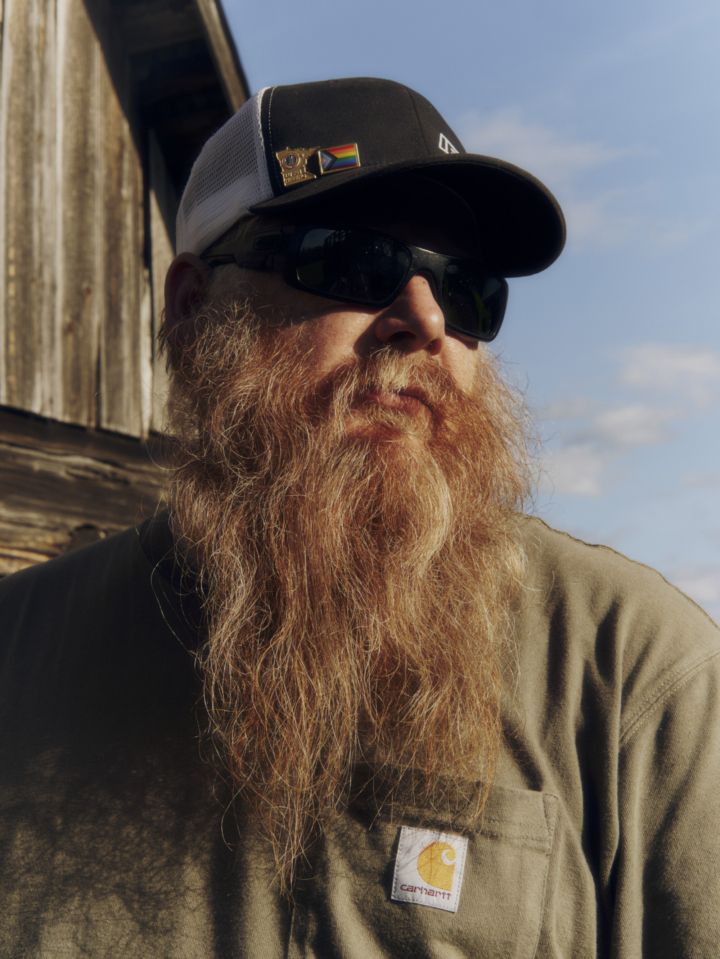
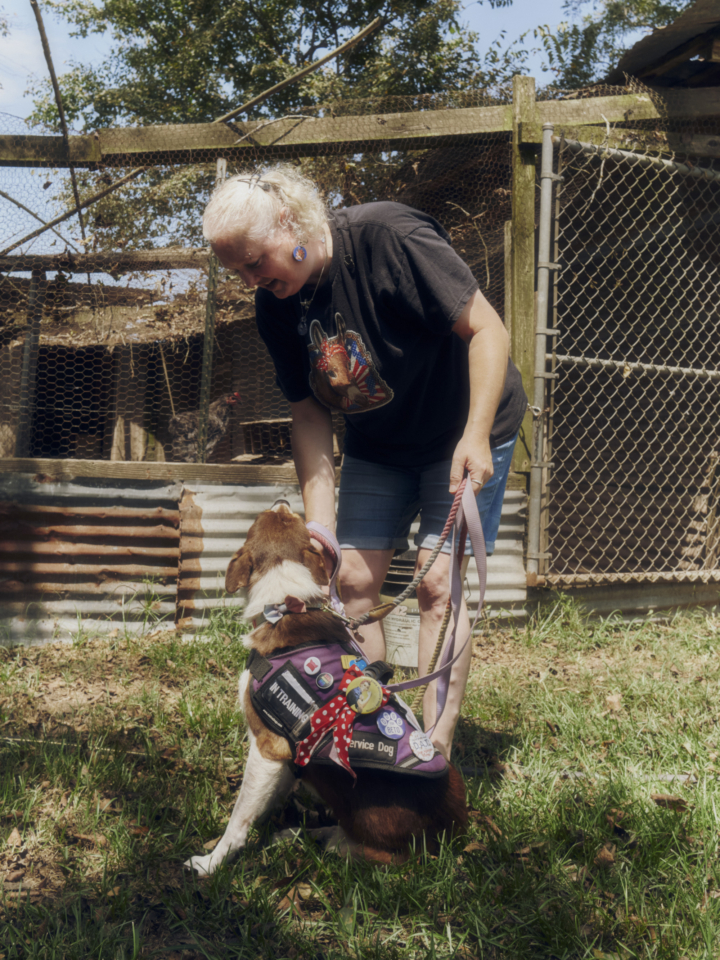
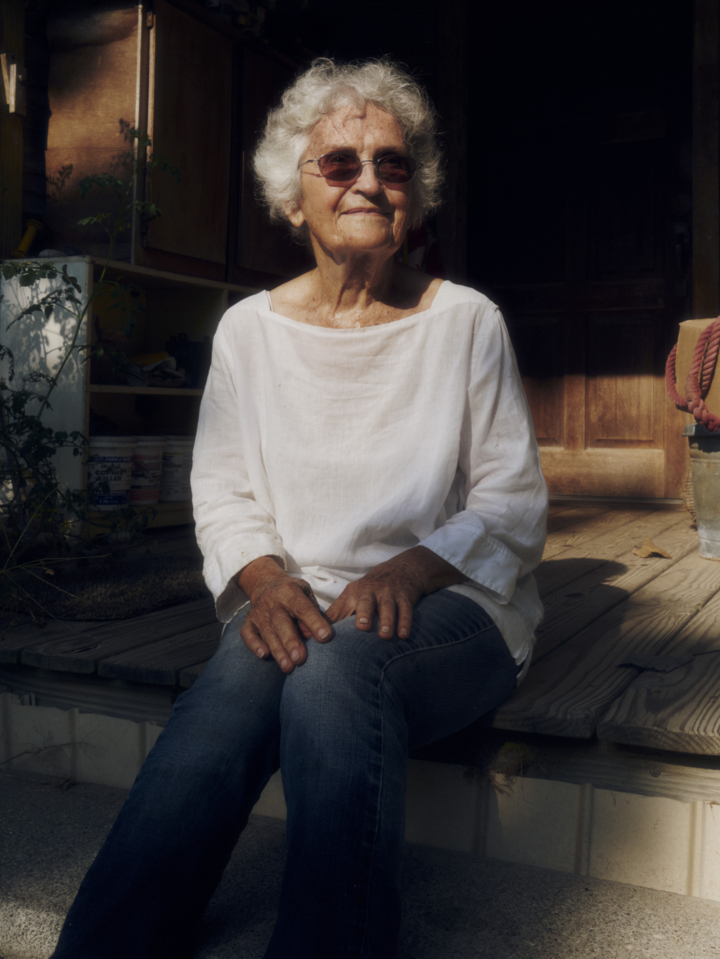
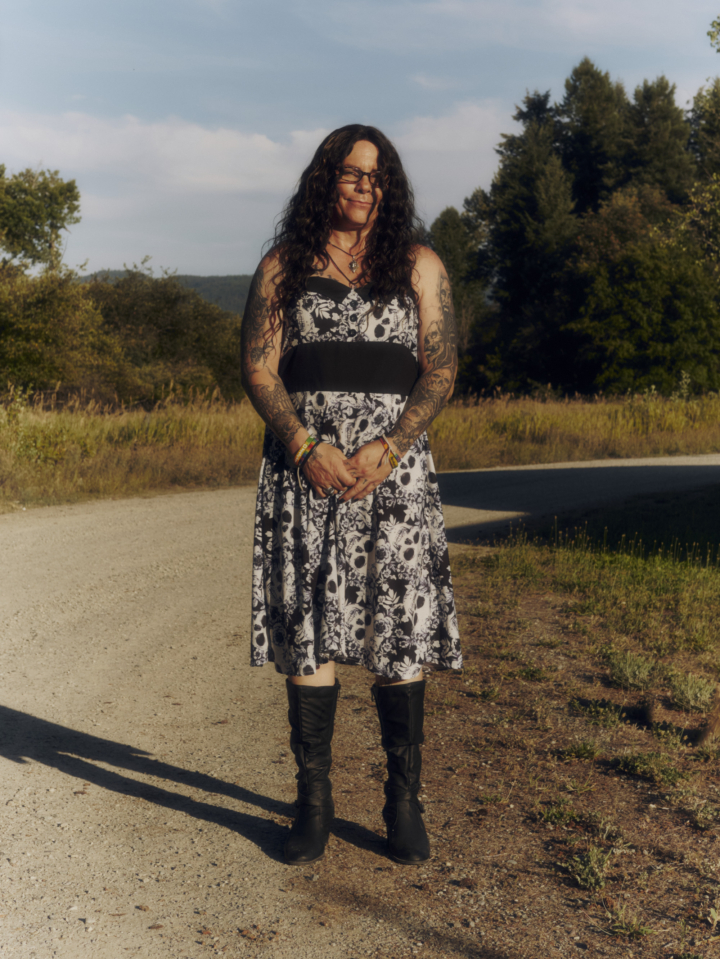


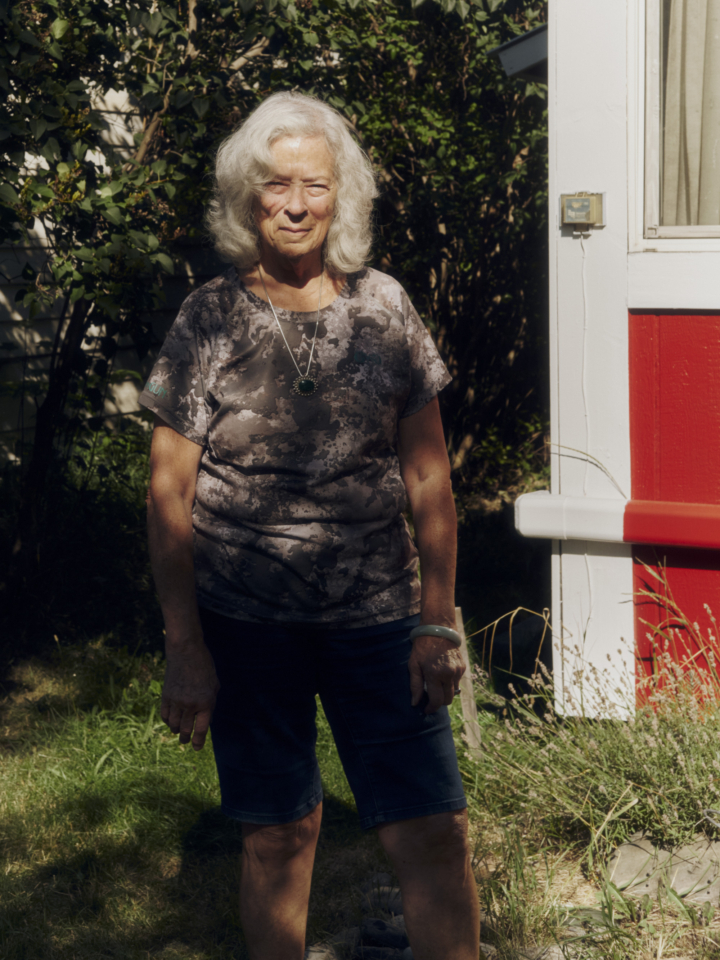

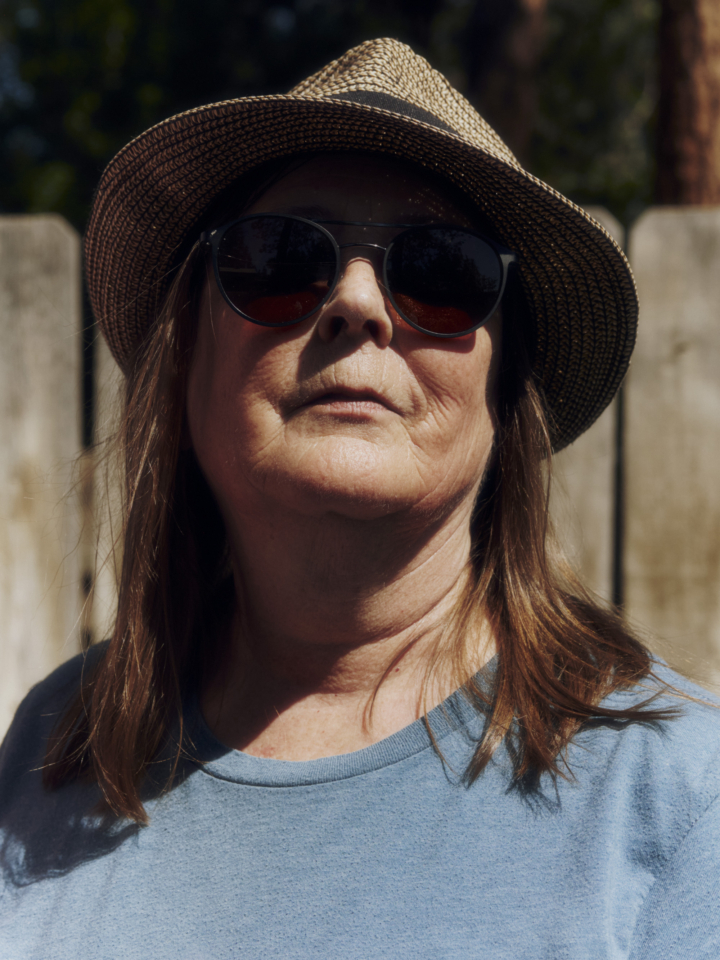
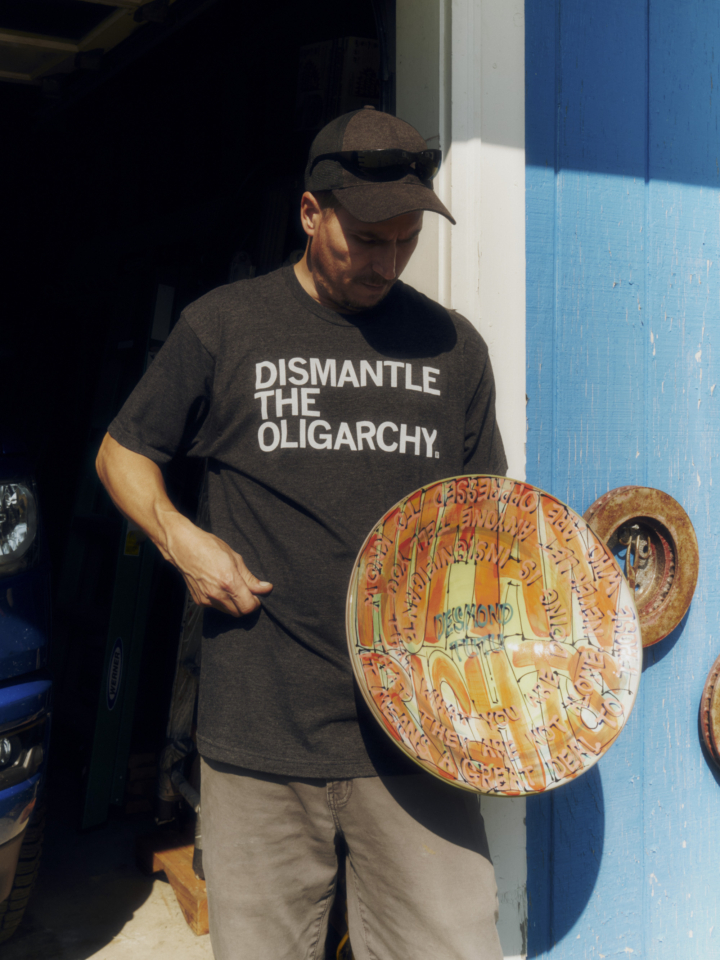
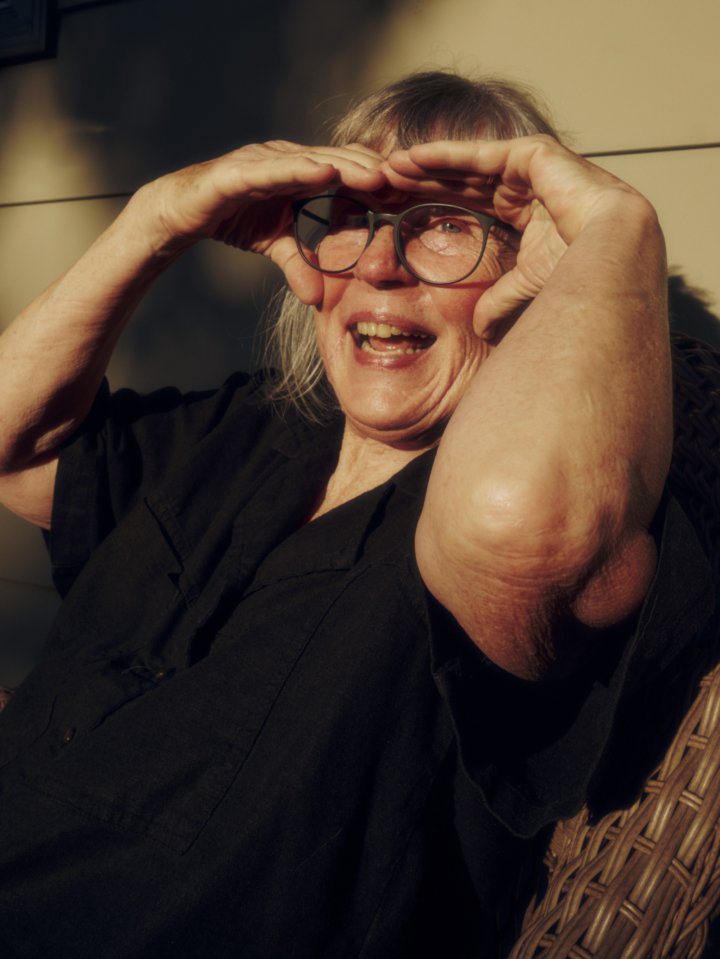

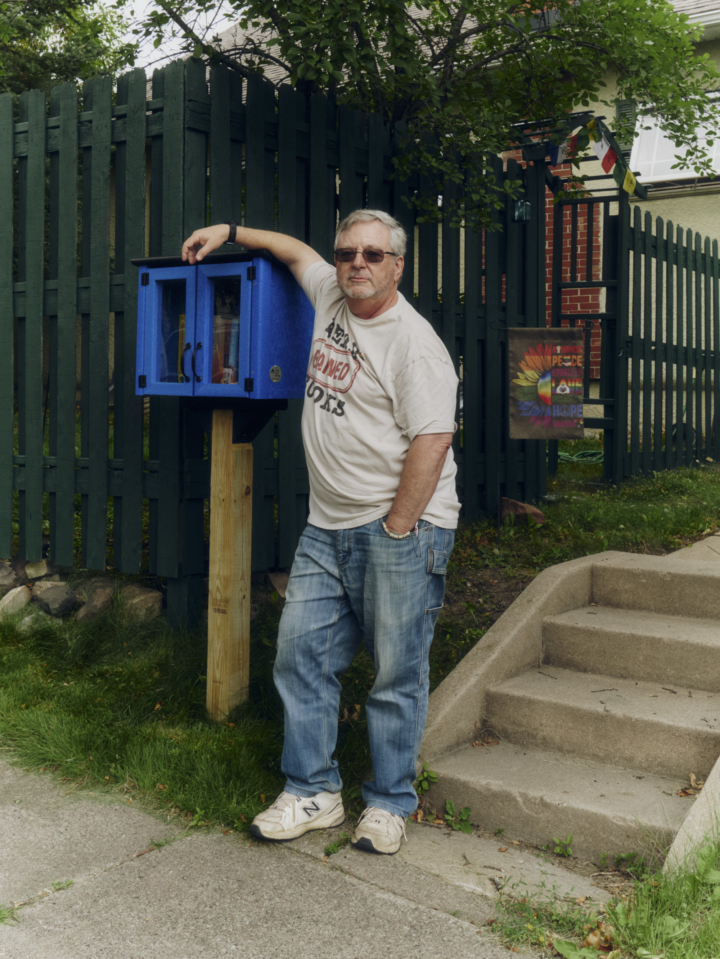
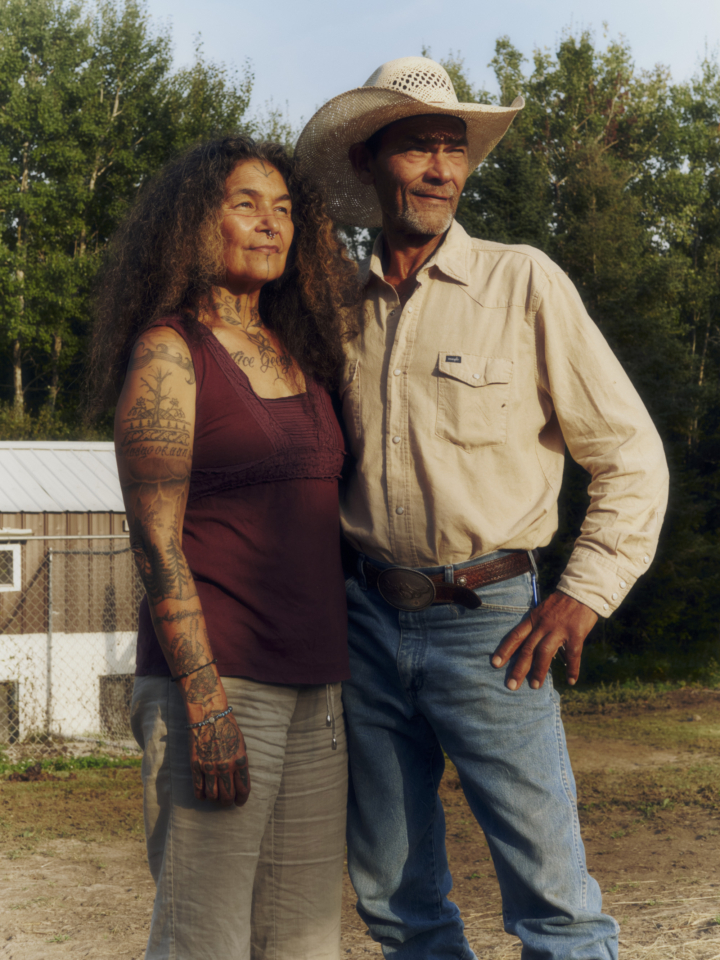

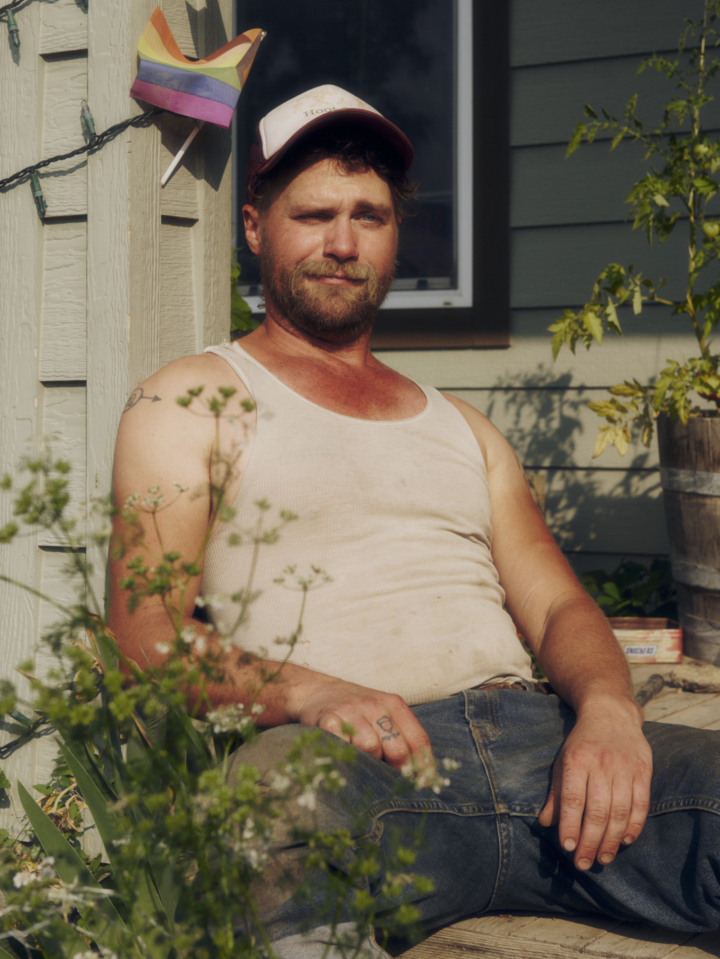
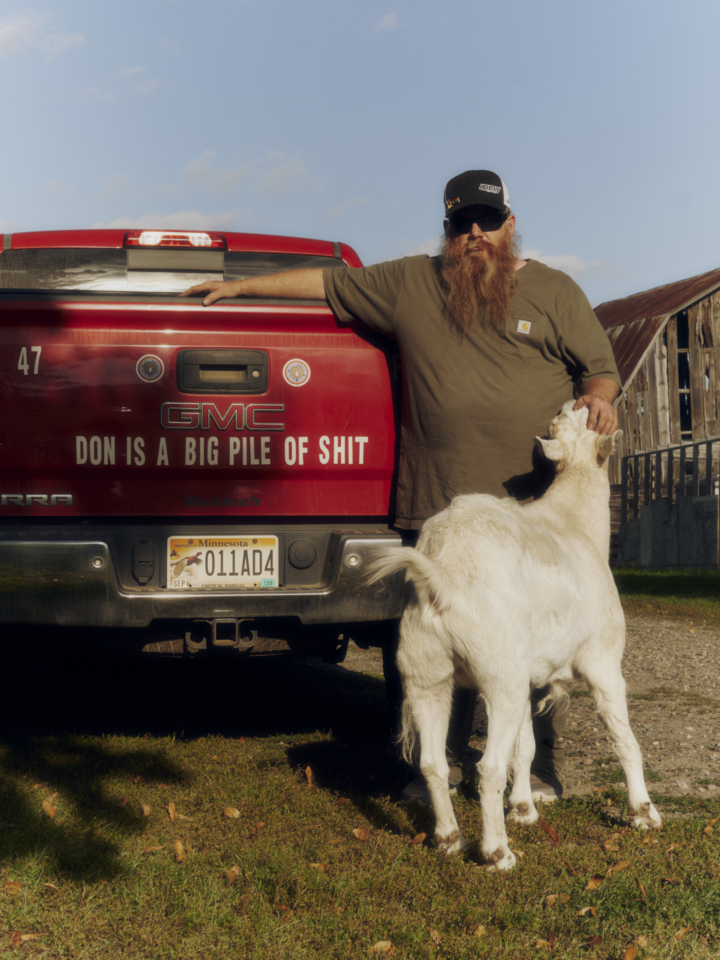

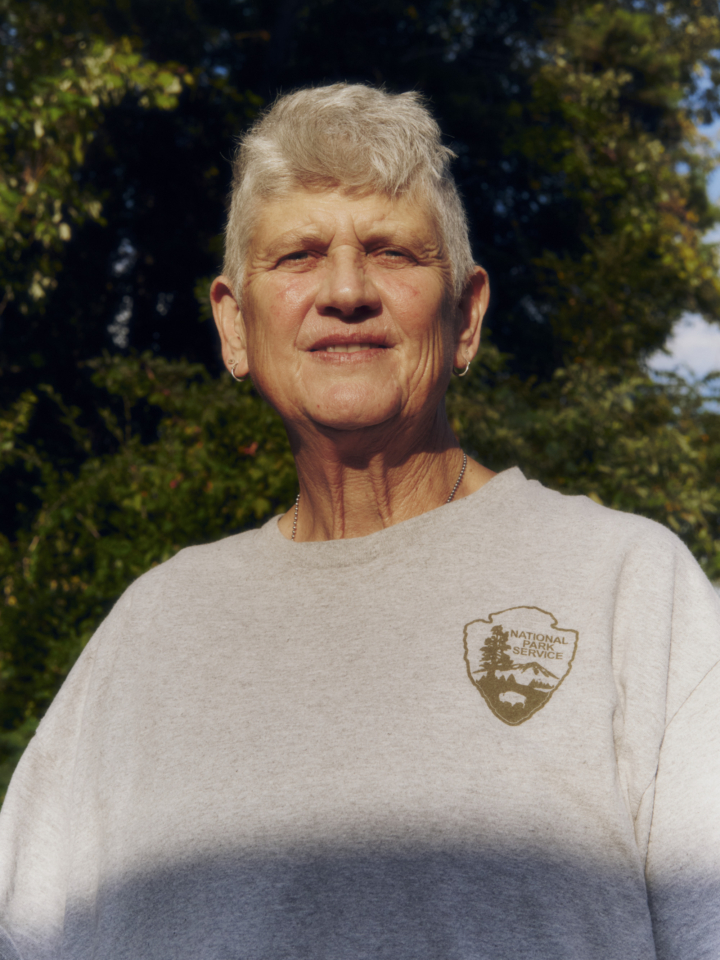
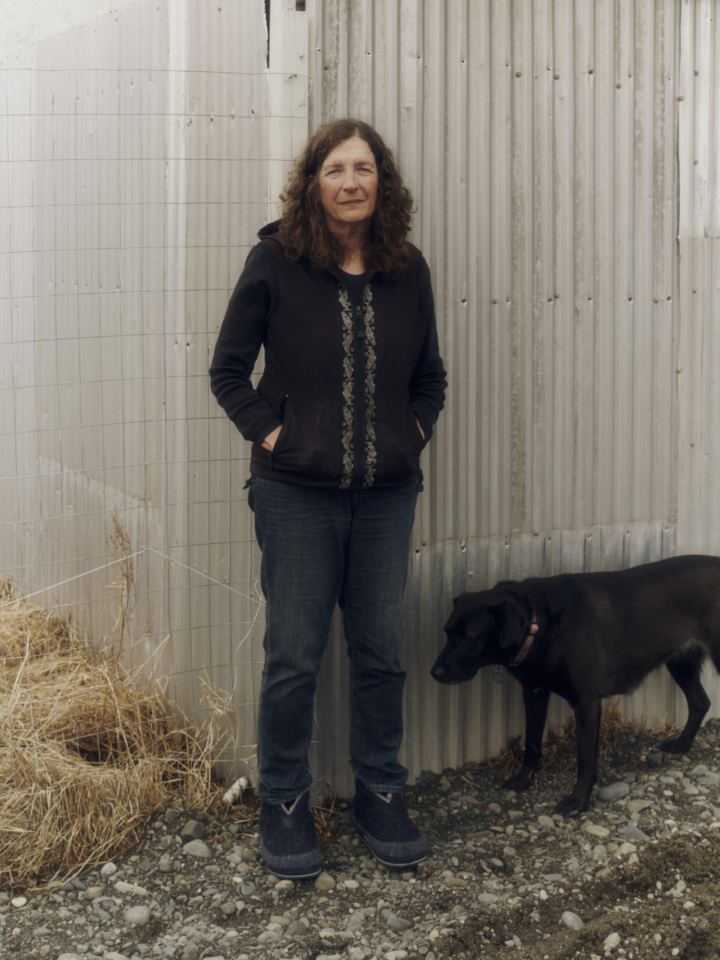
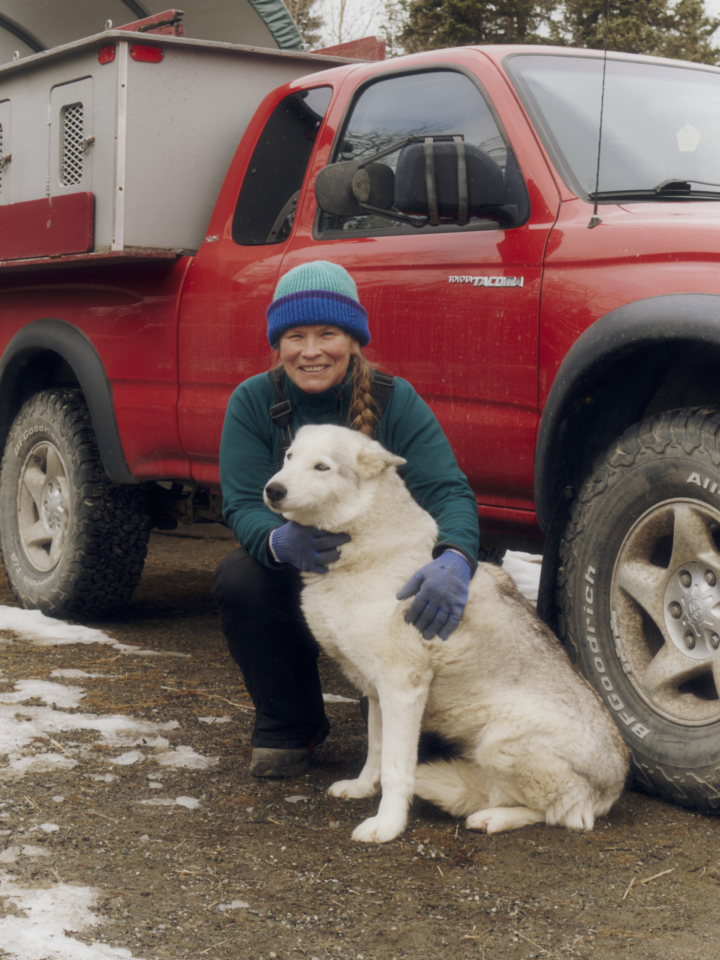
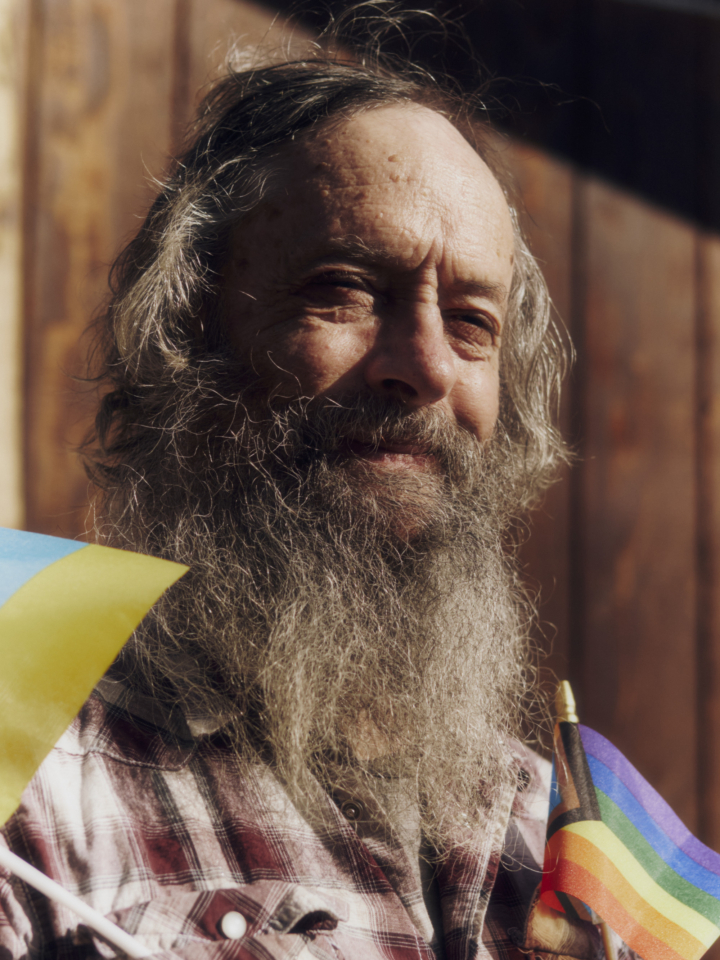
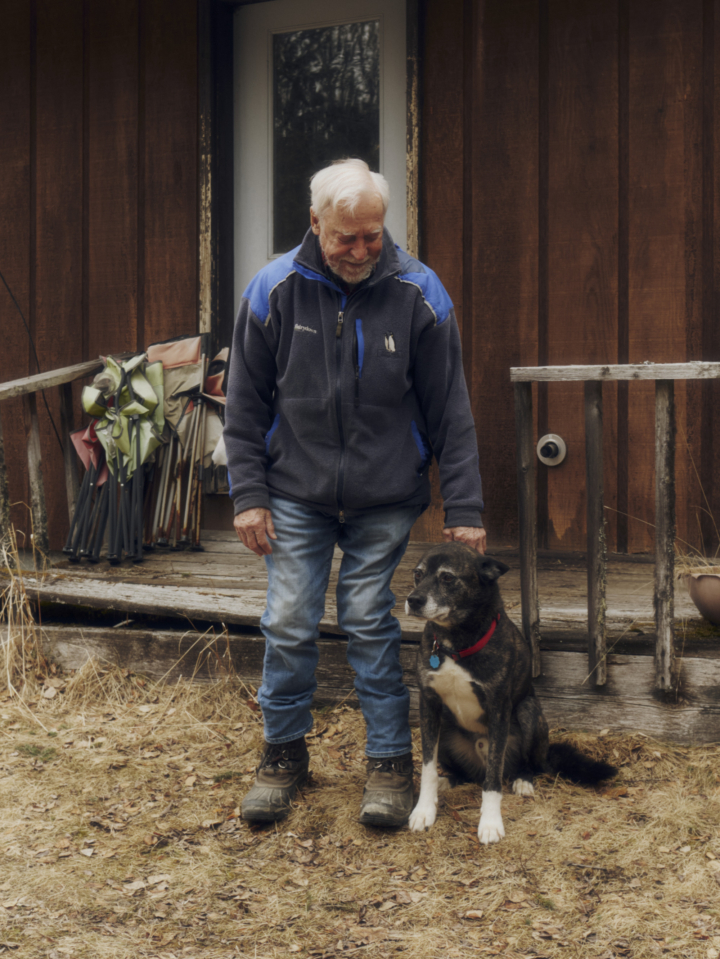
Think You Know Red America? Think Again











